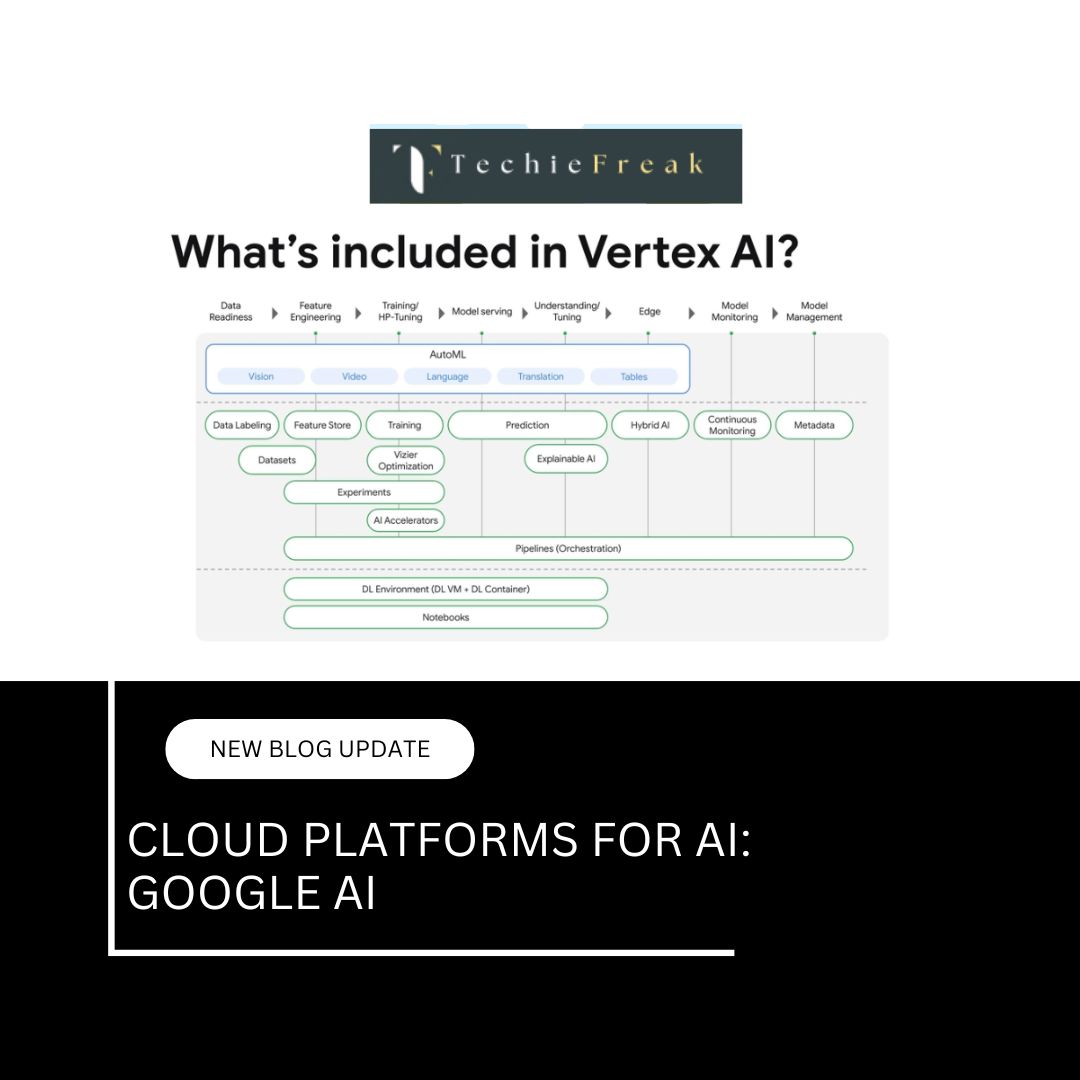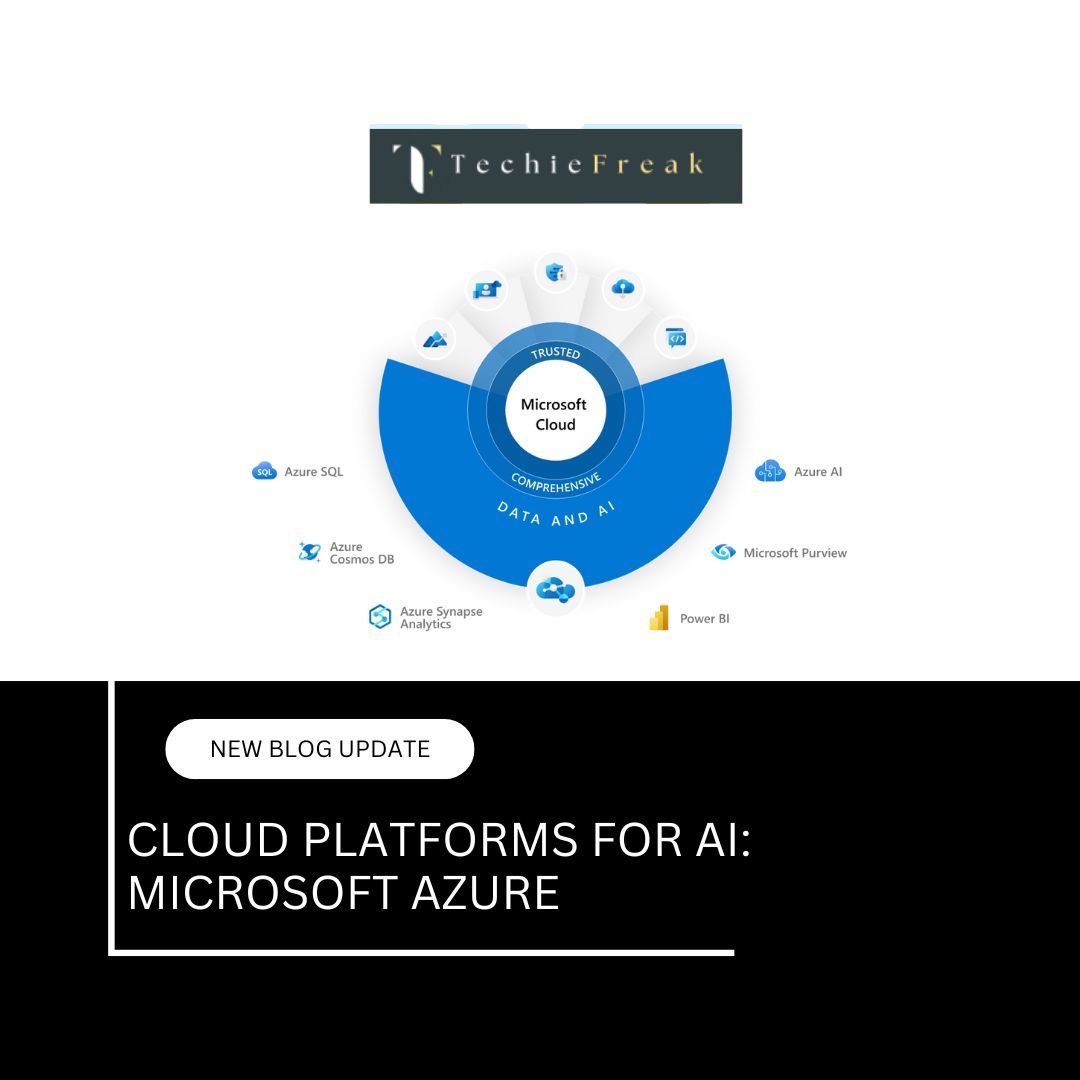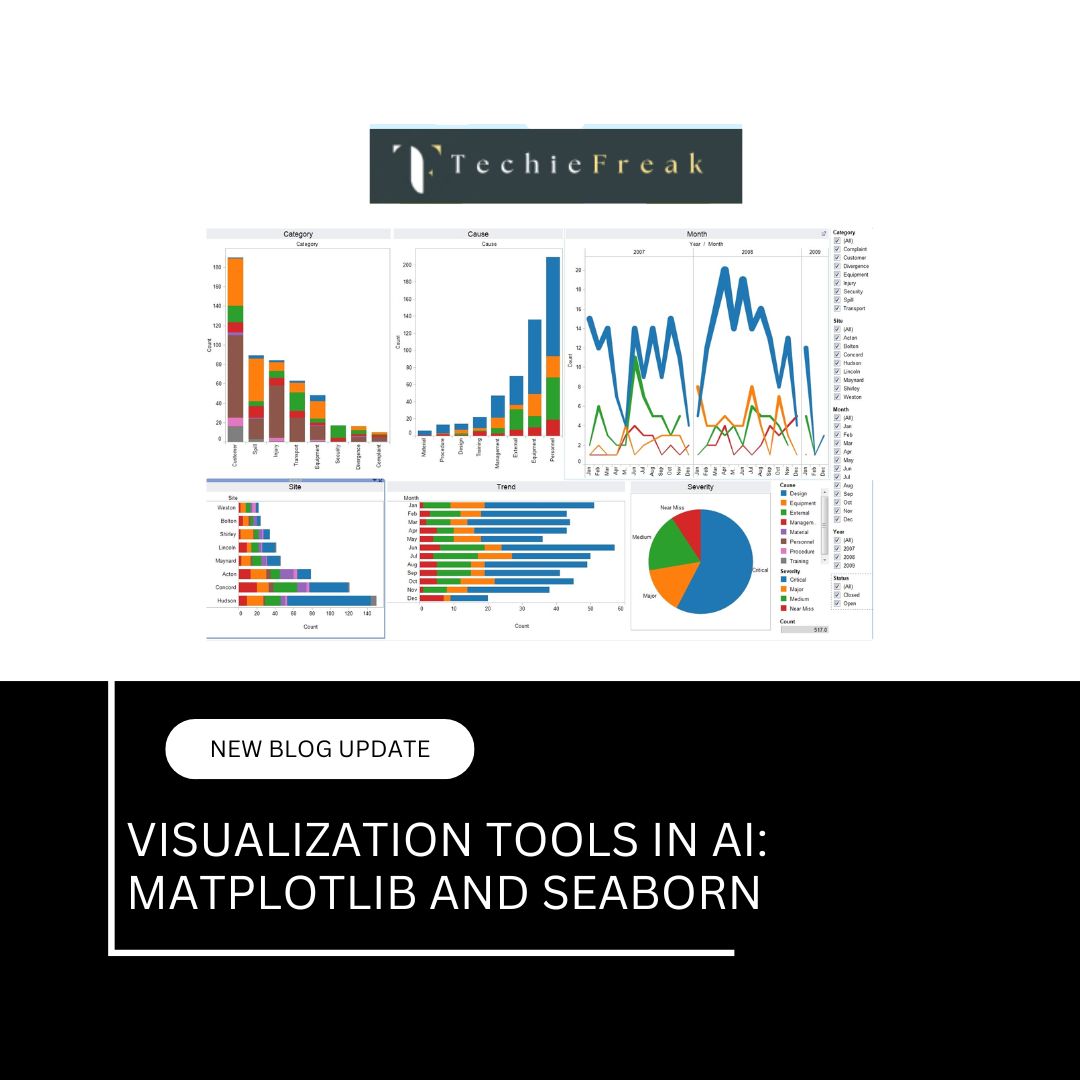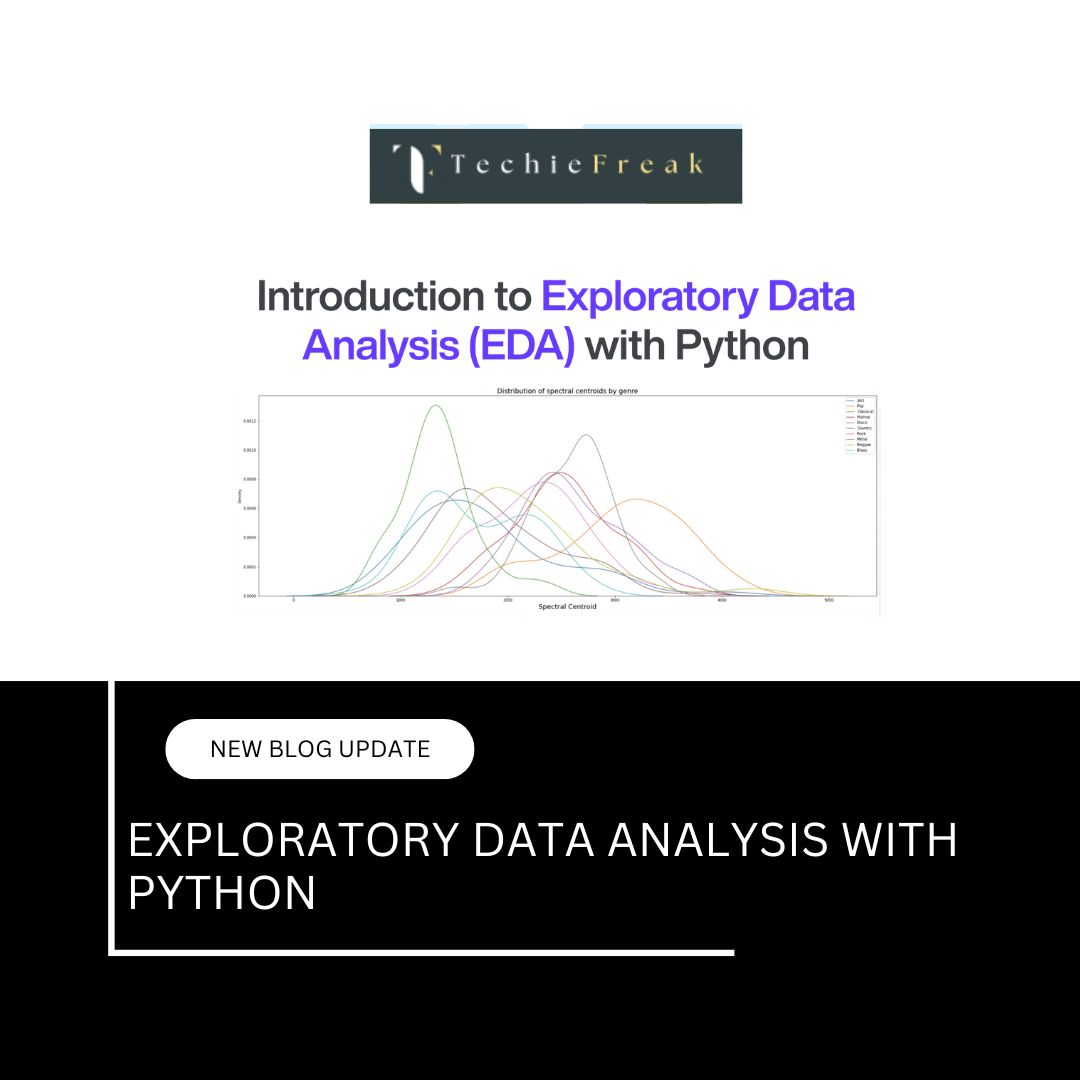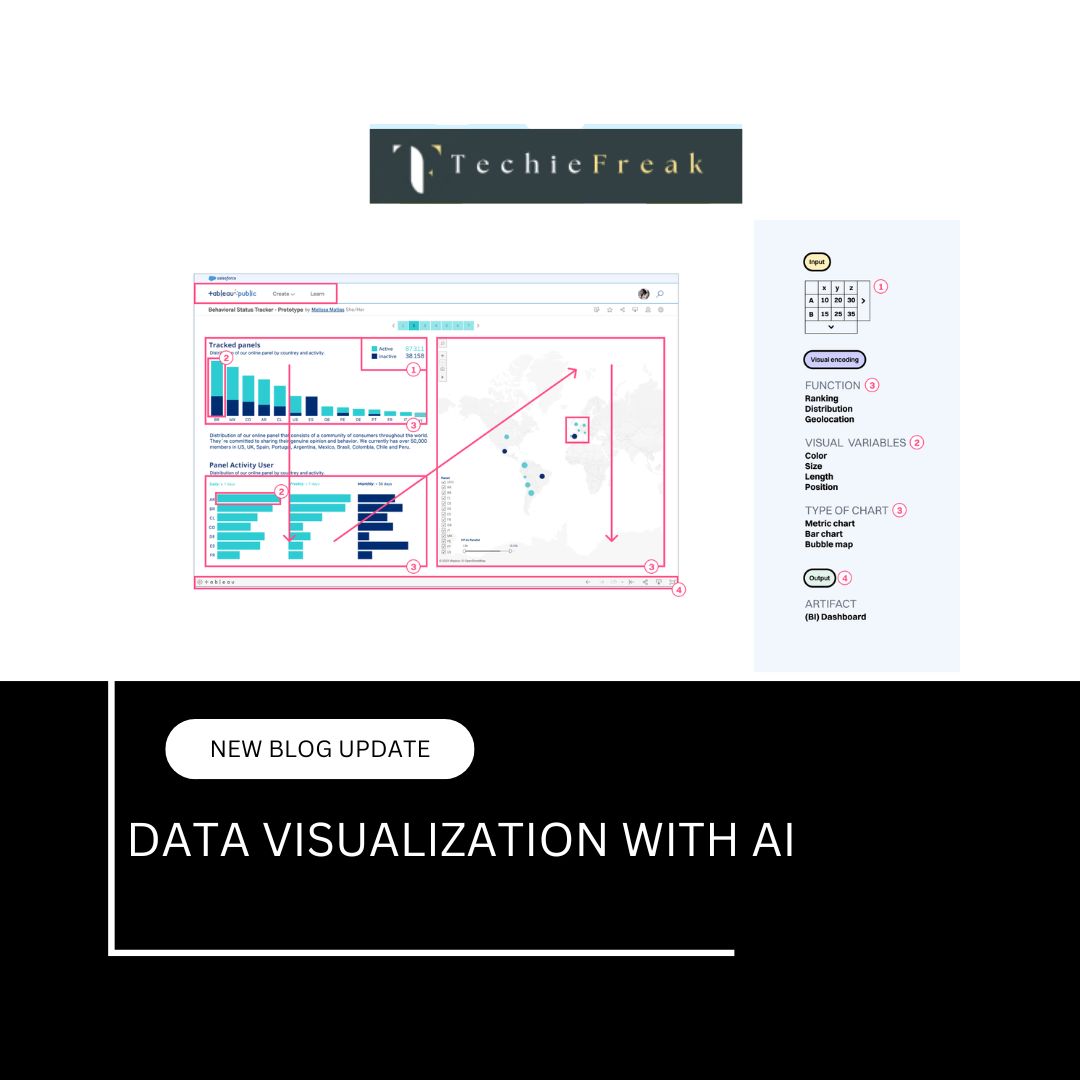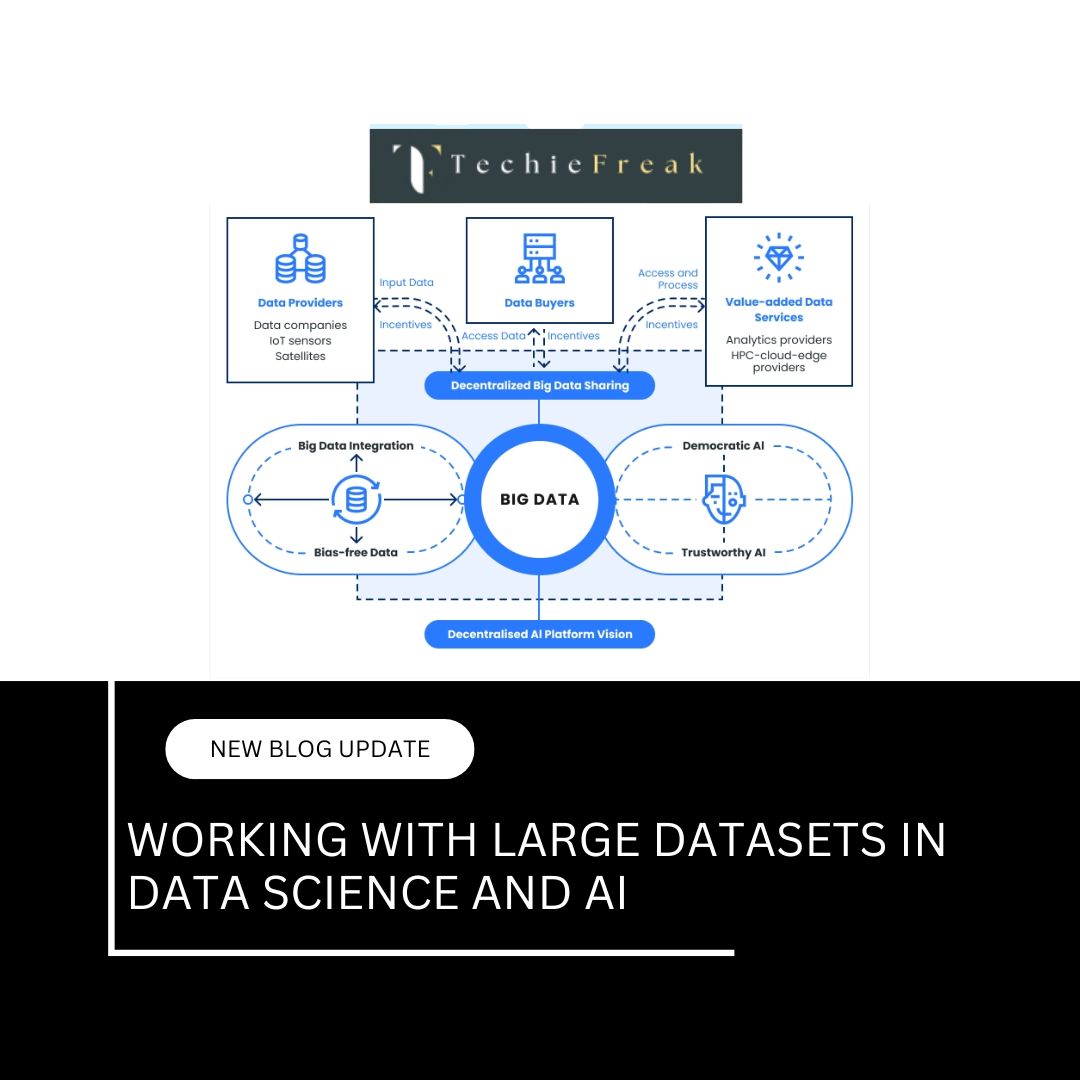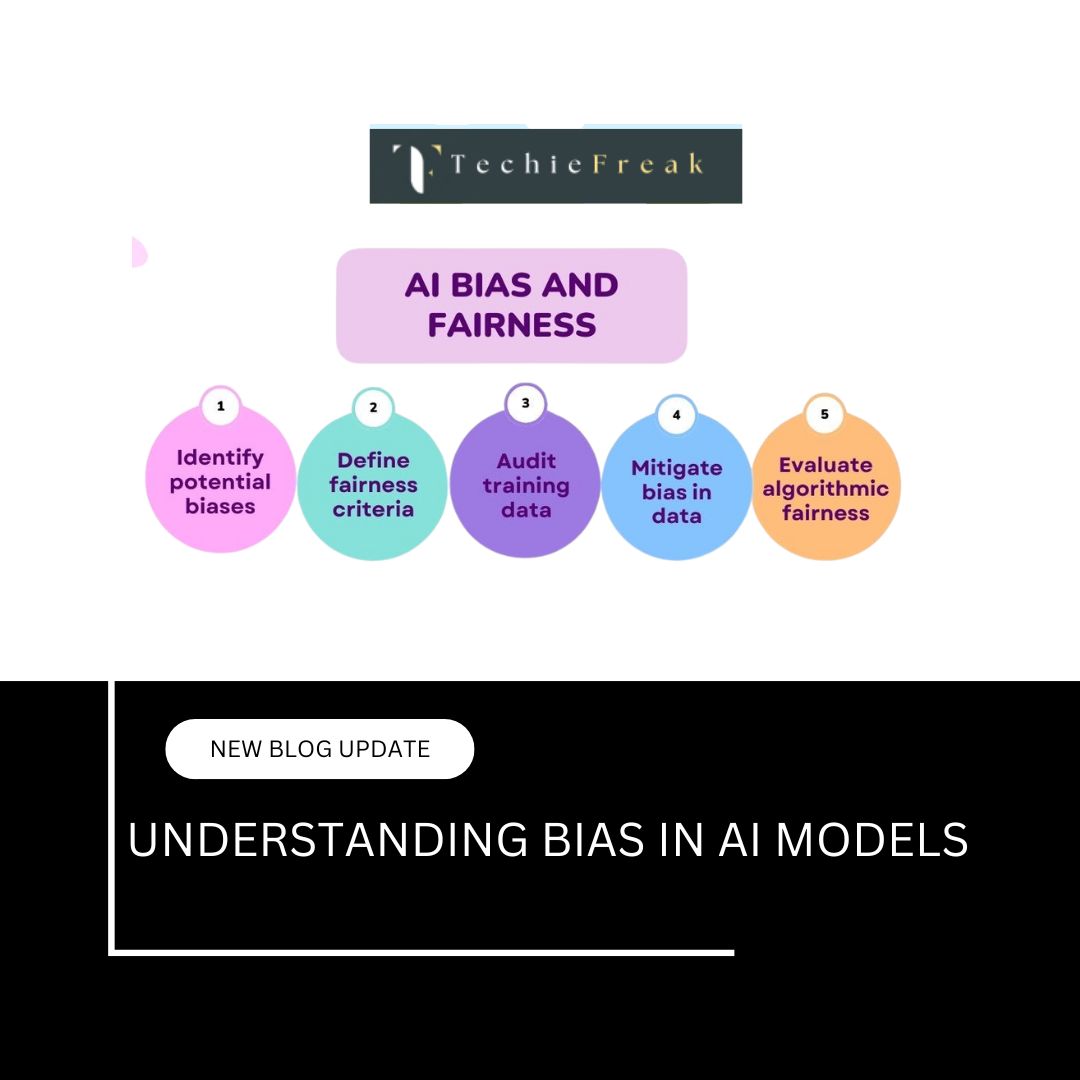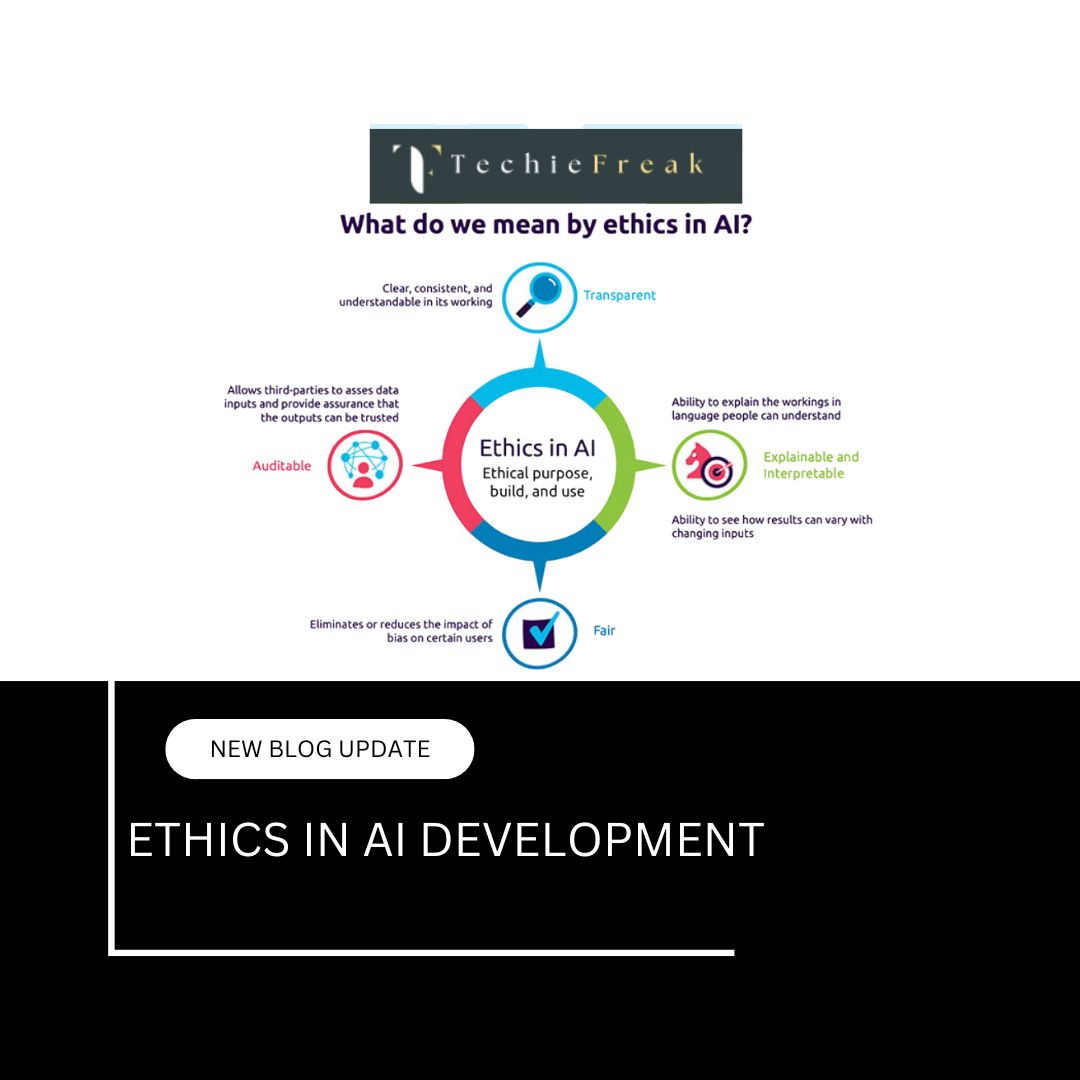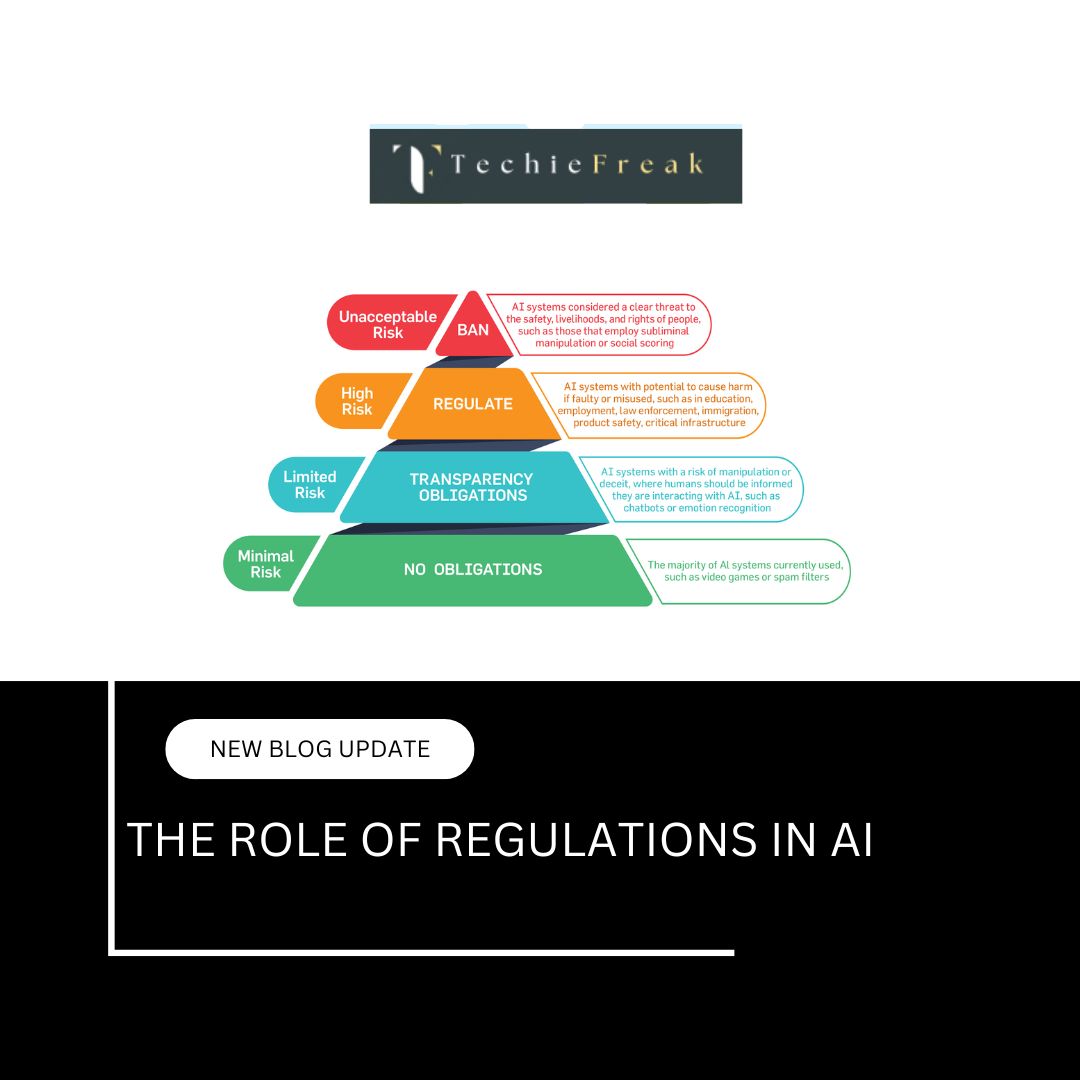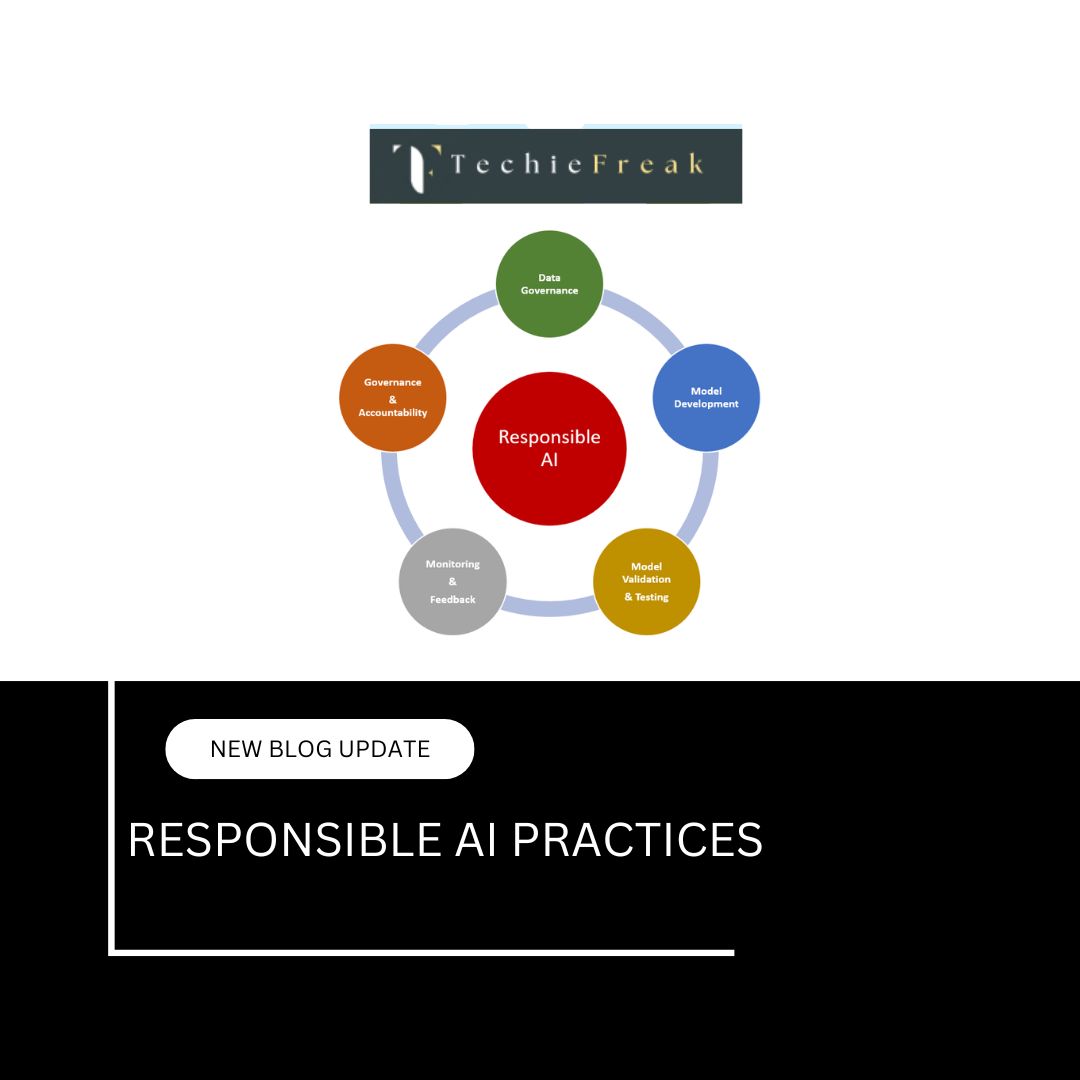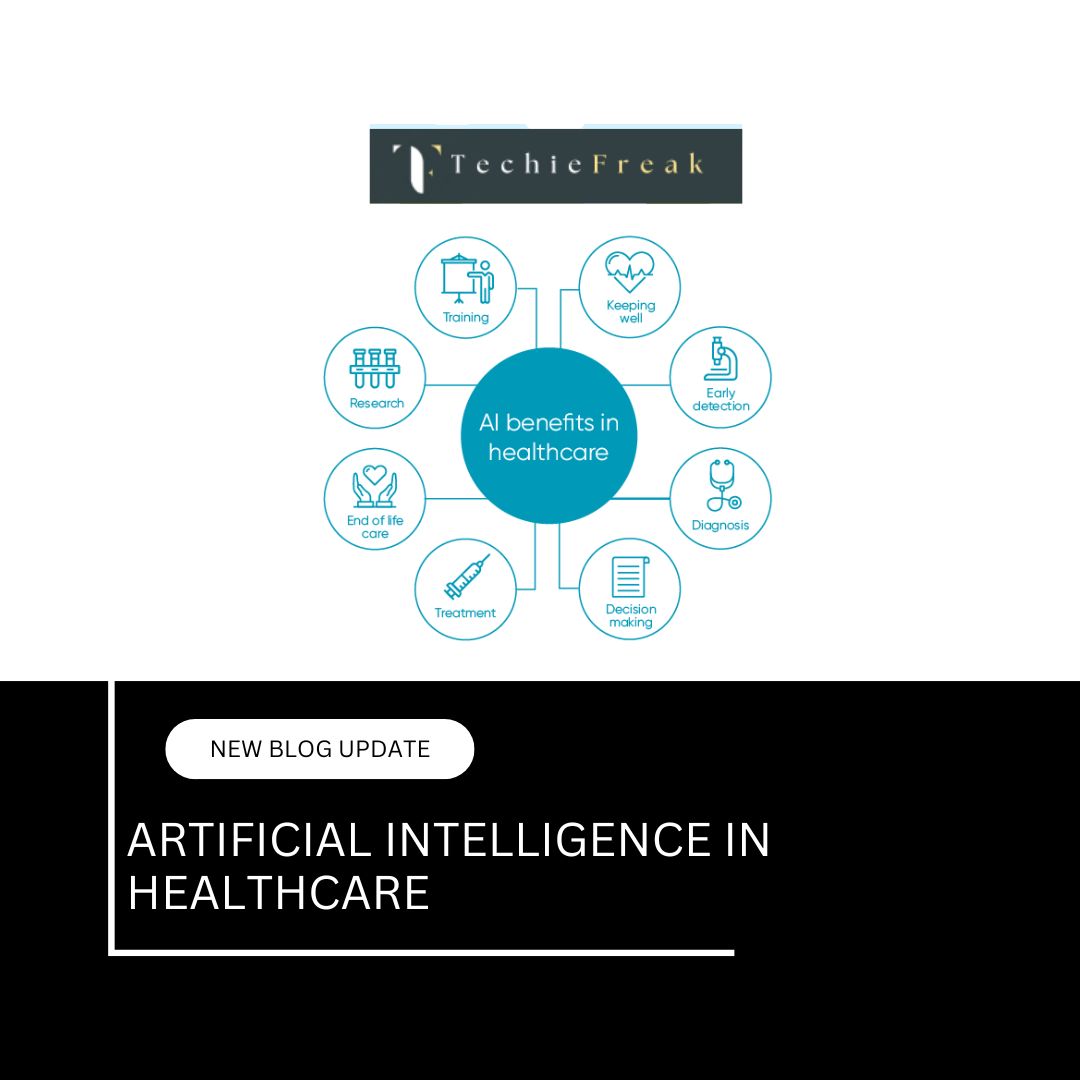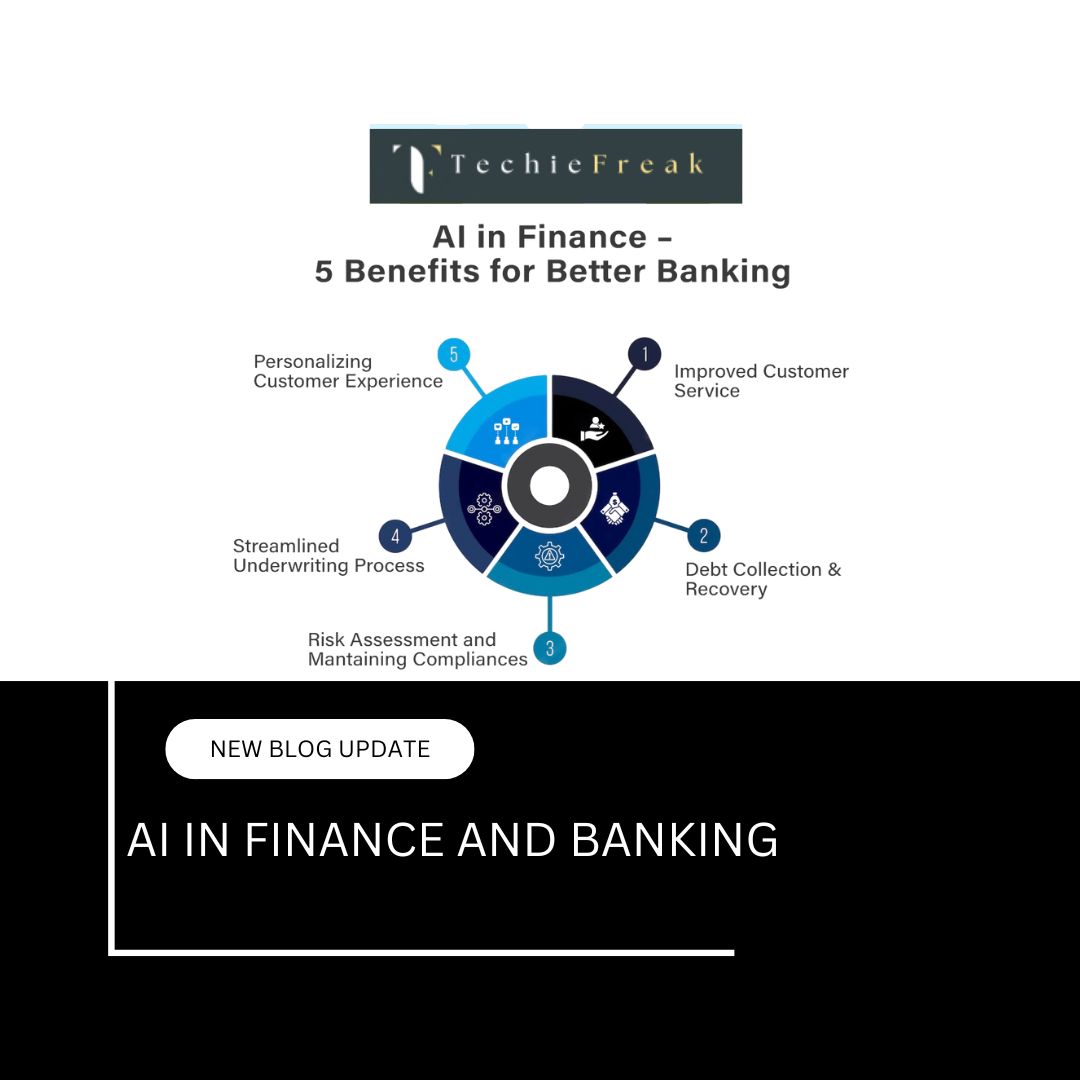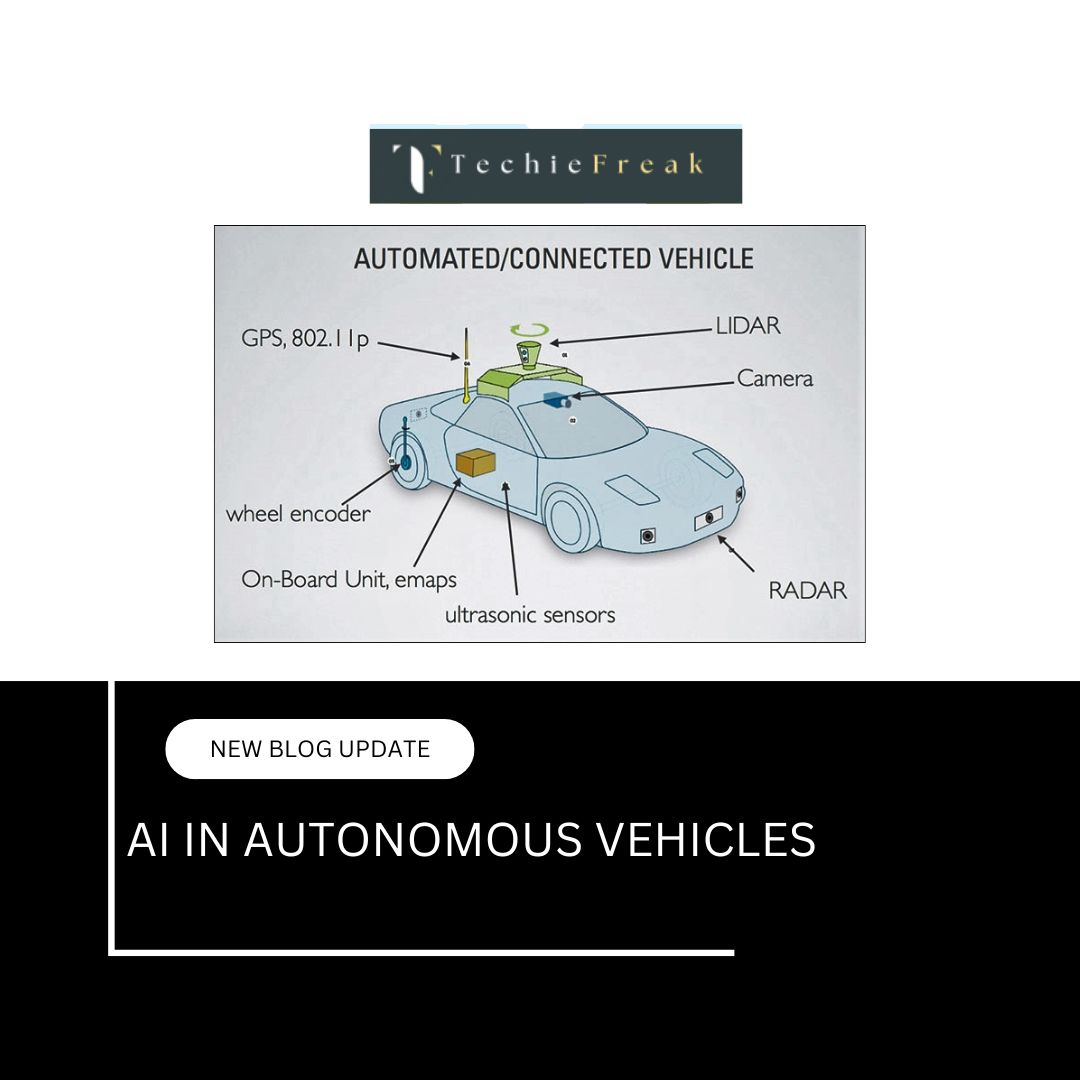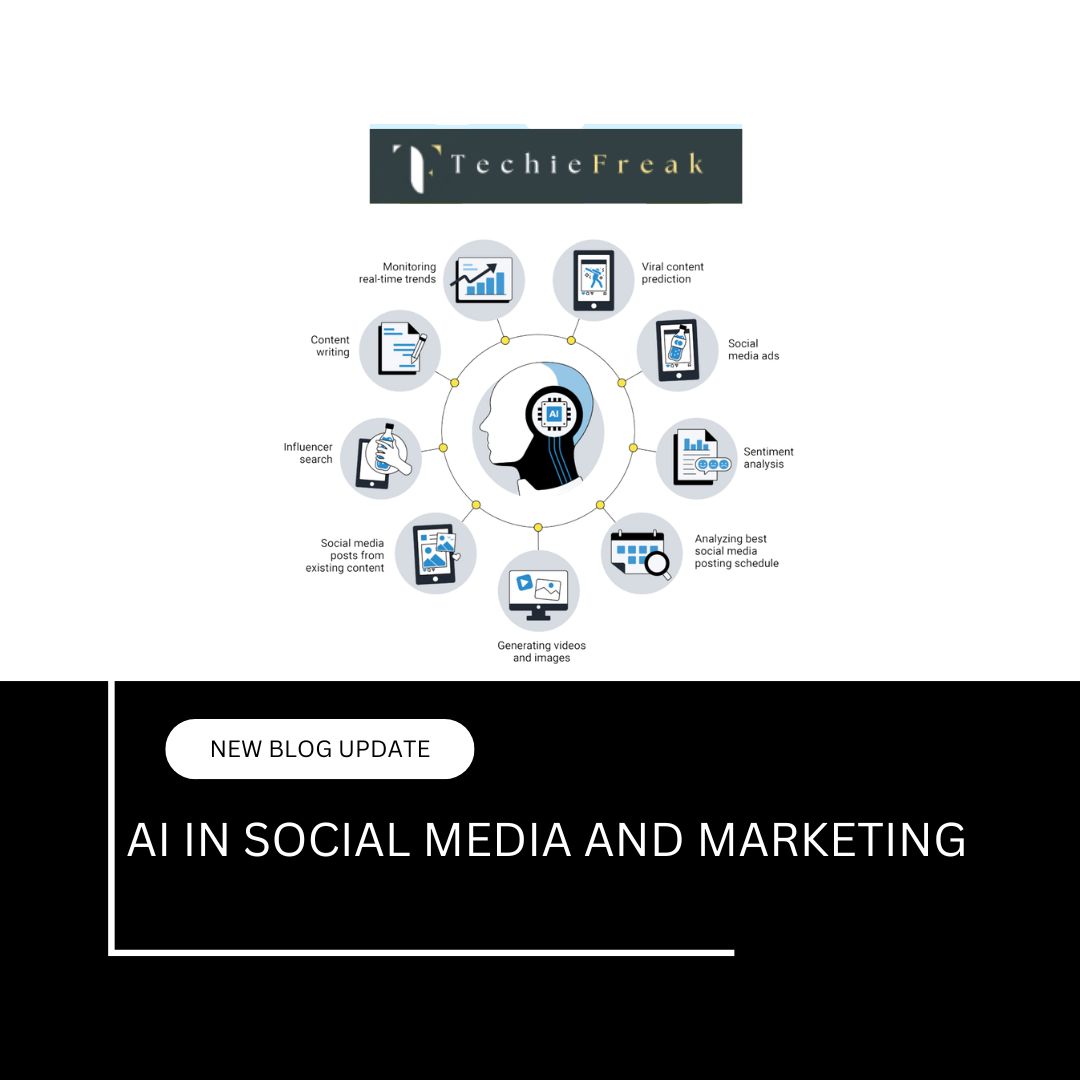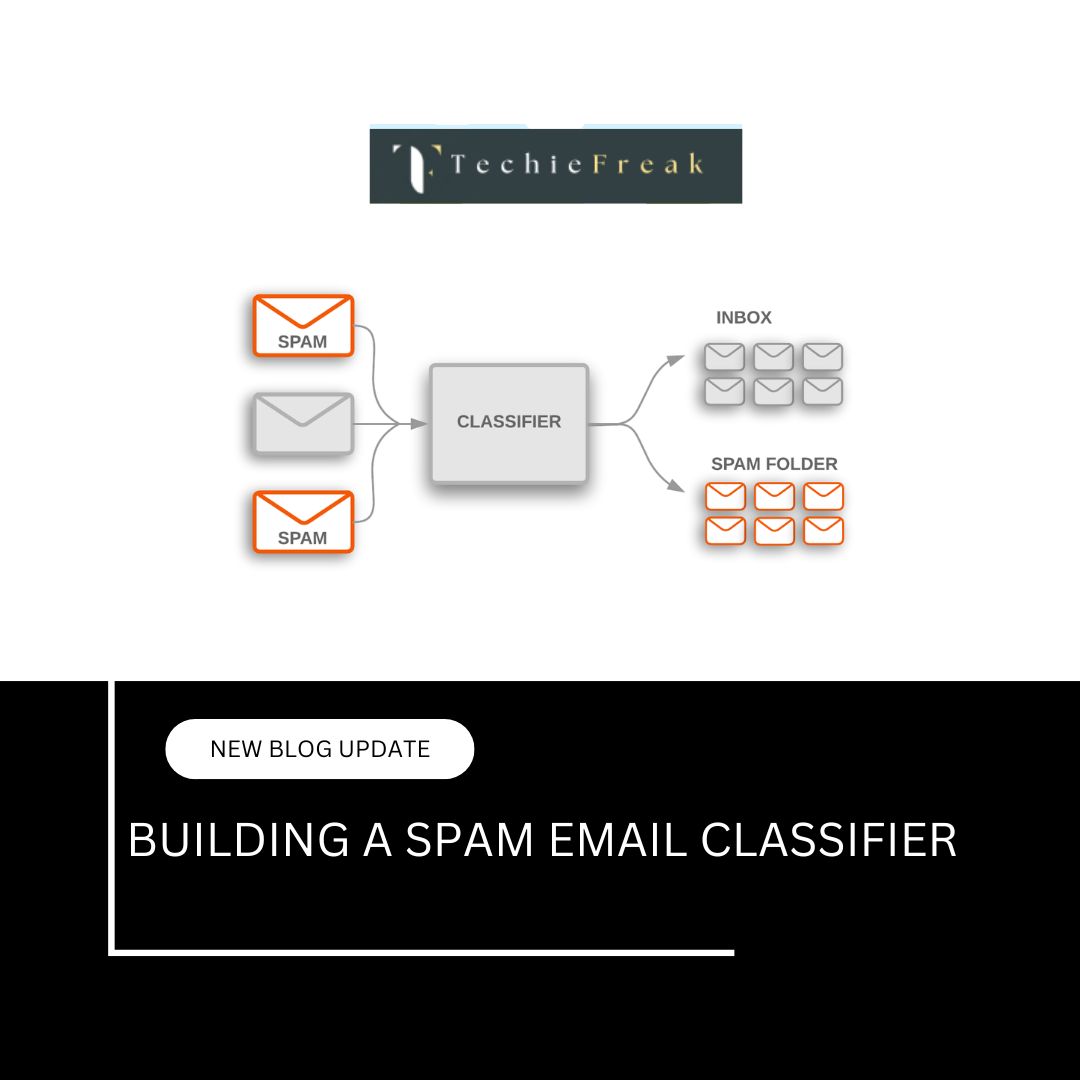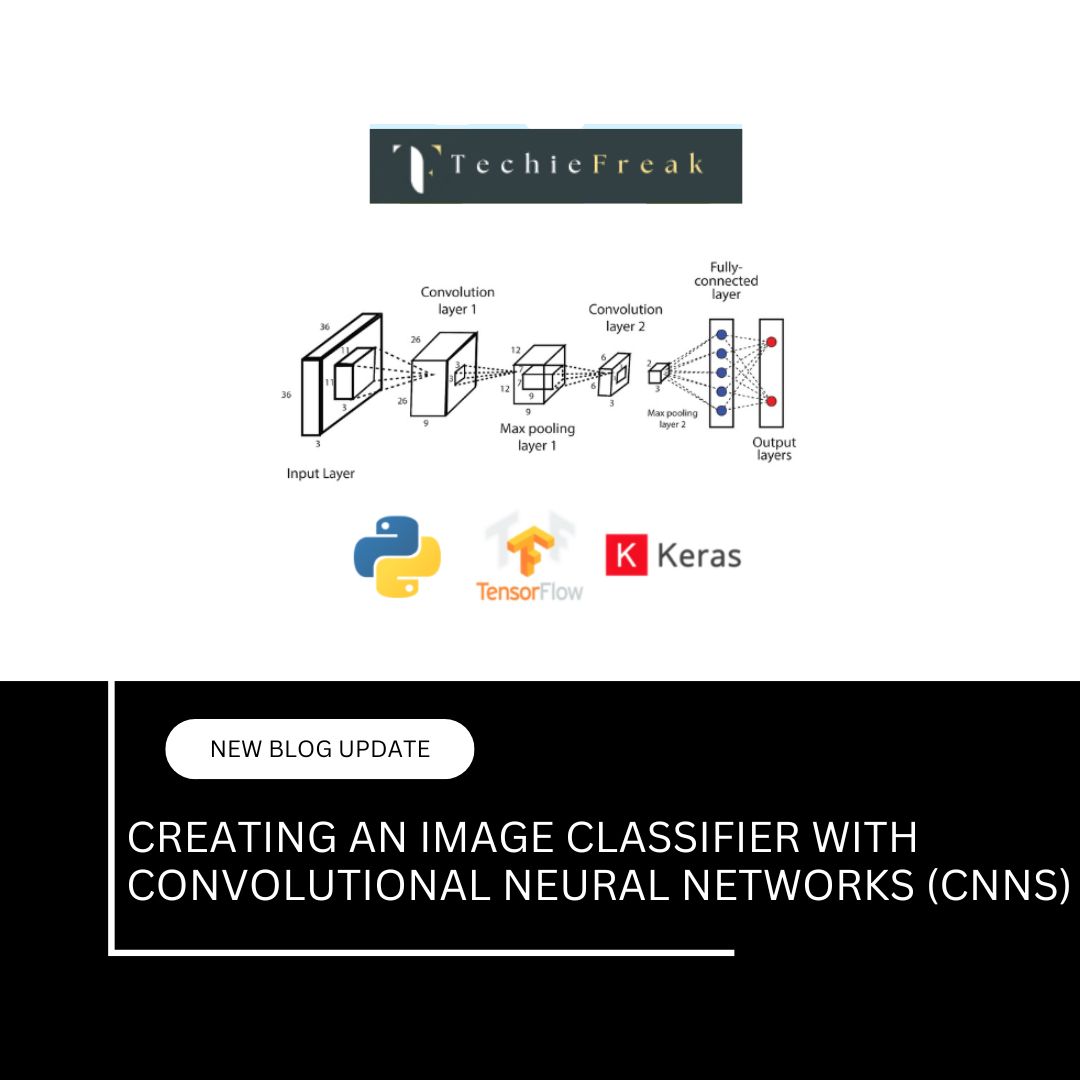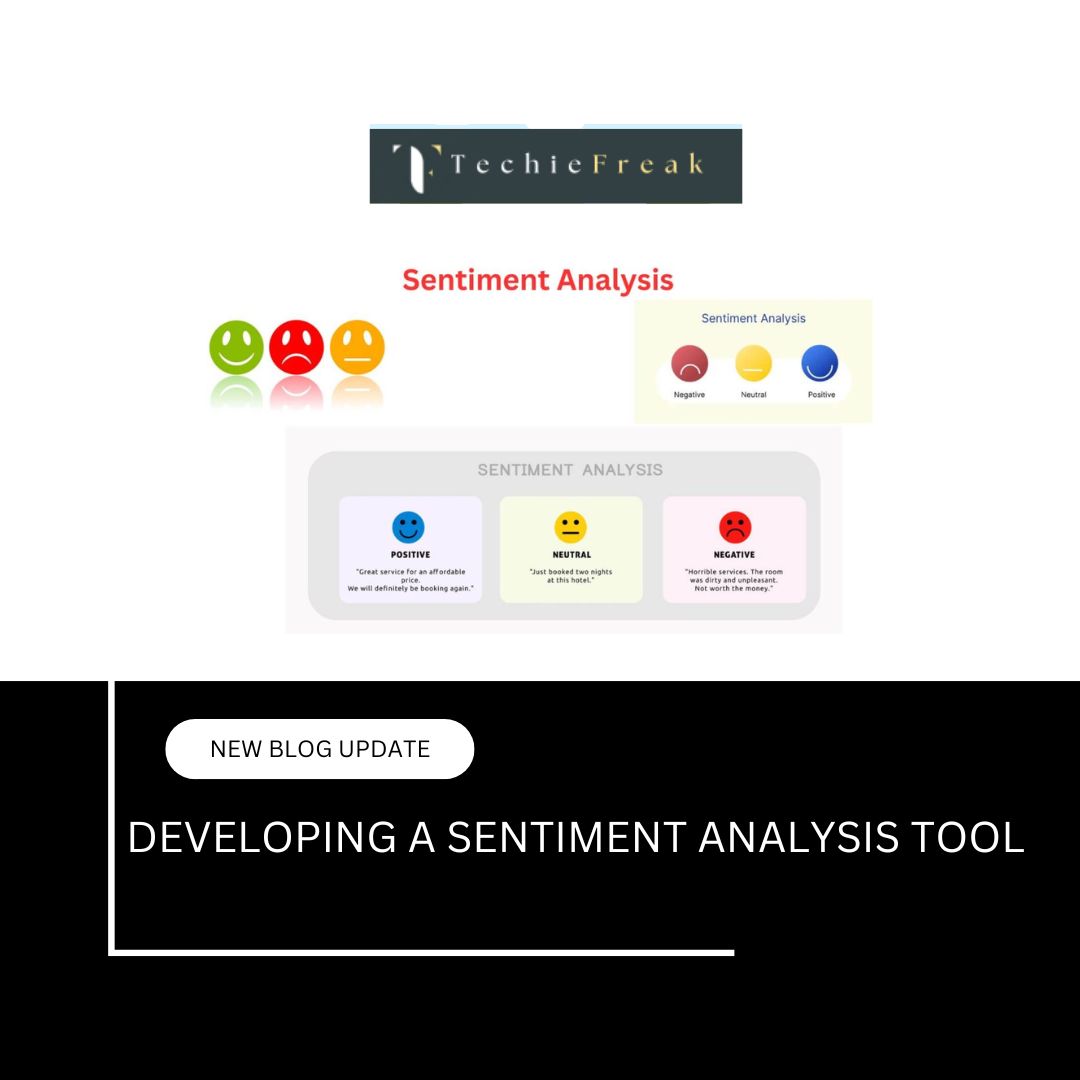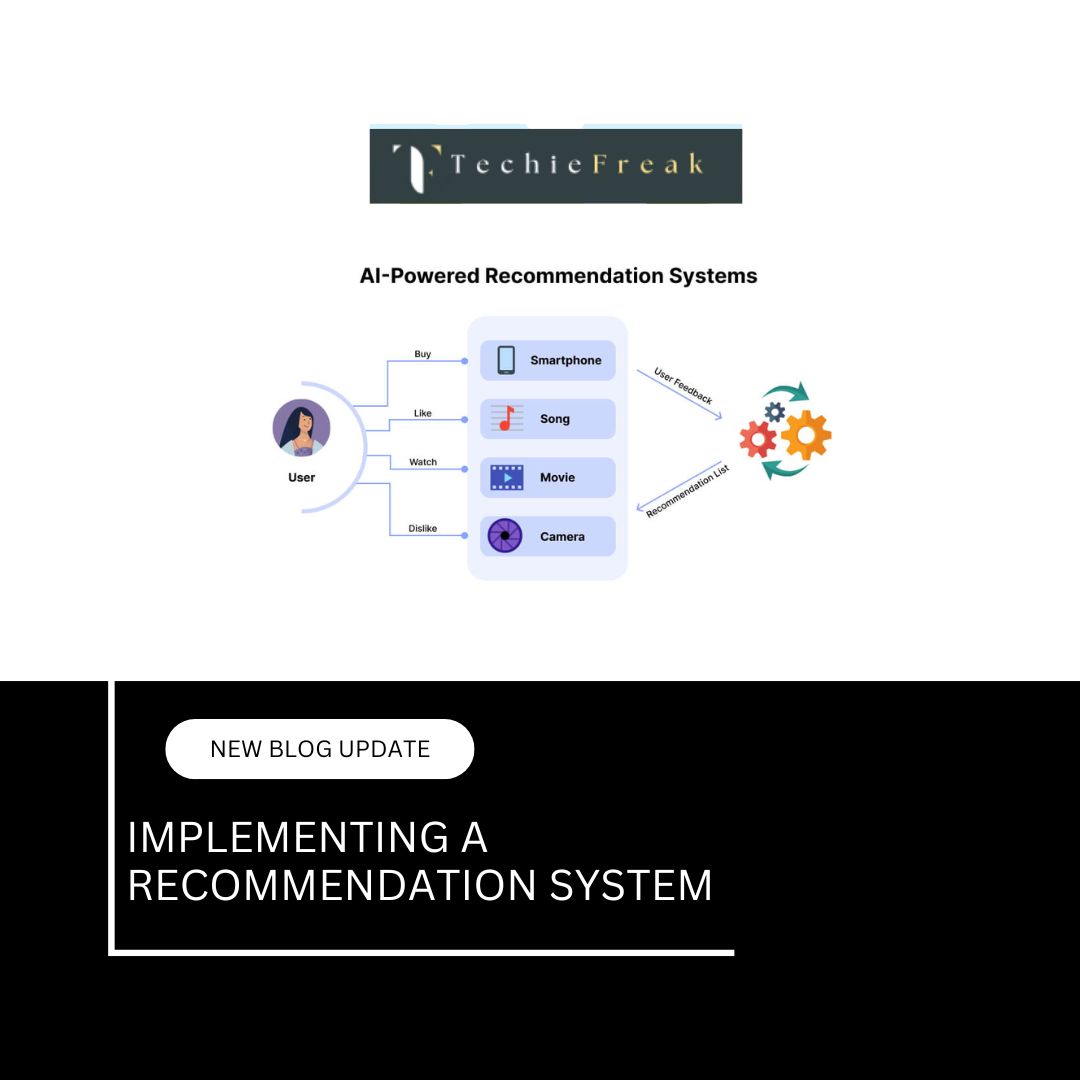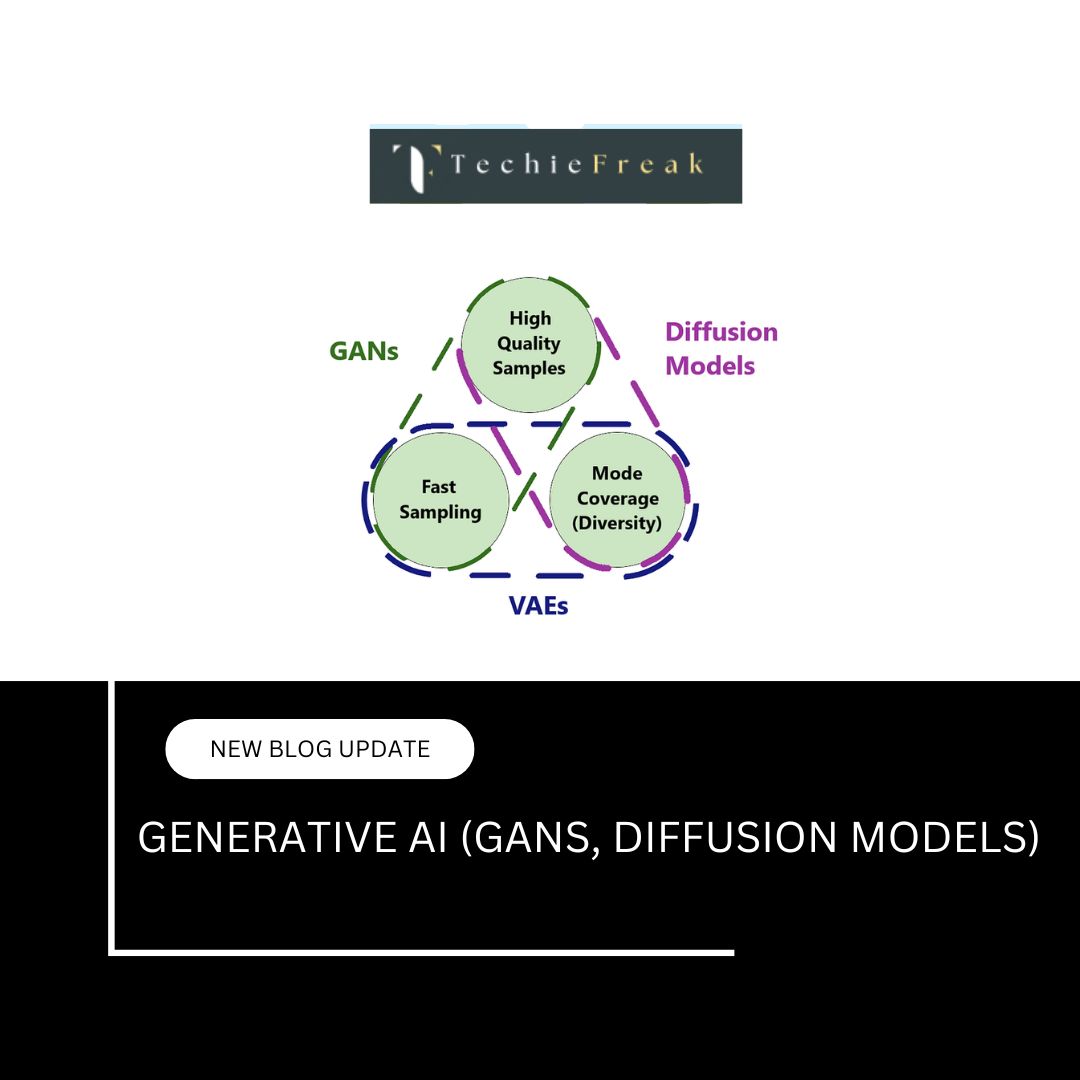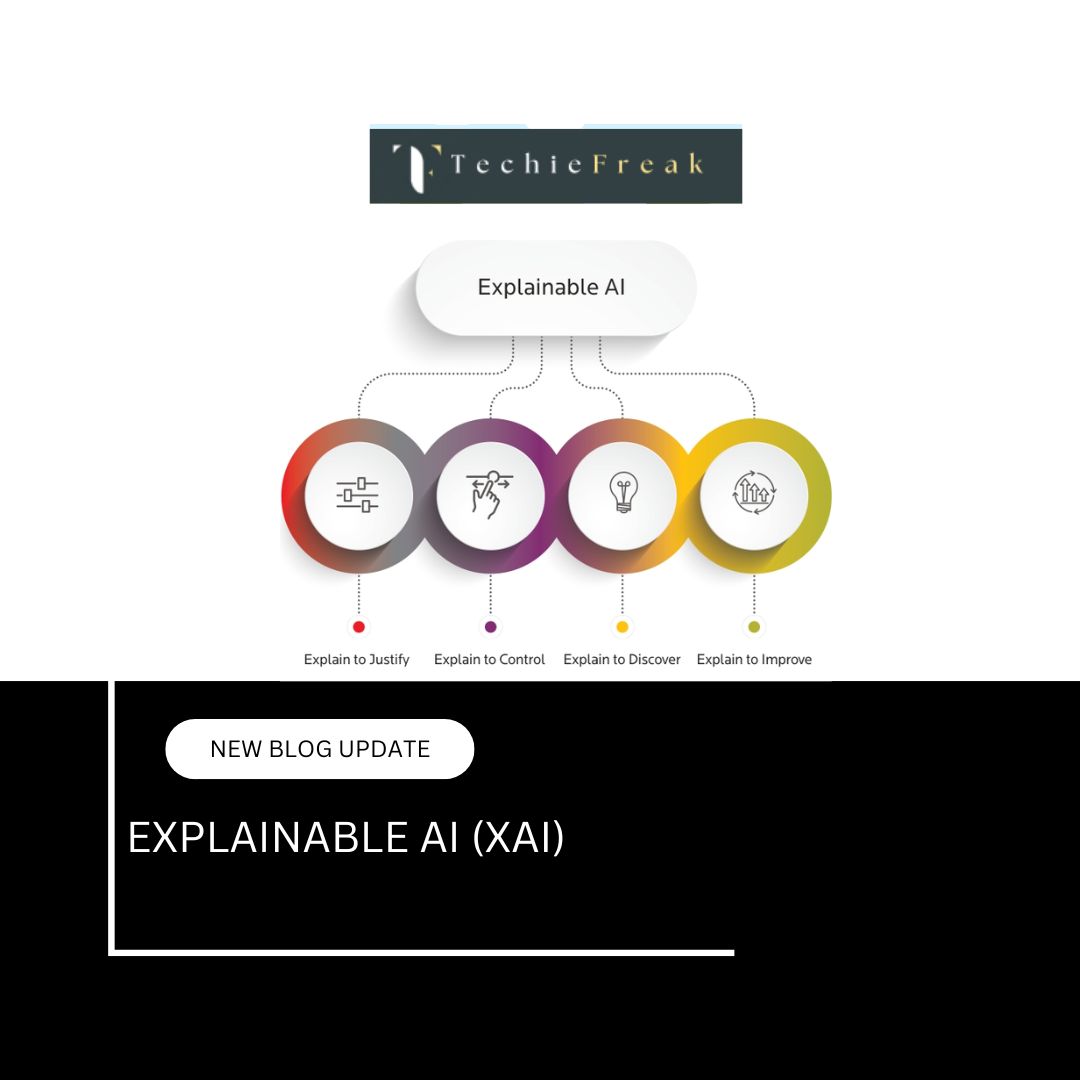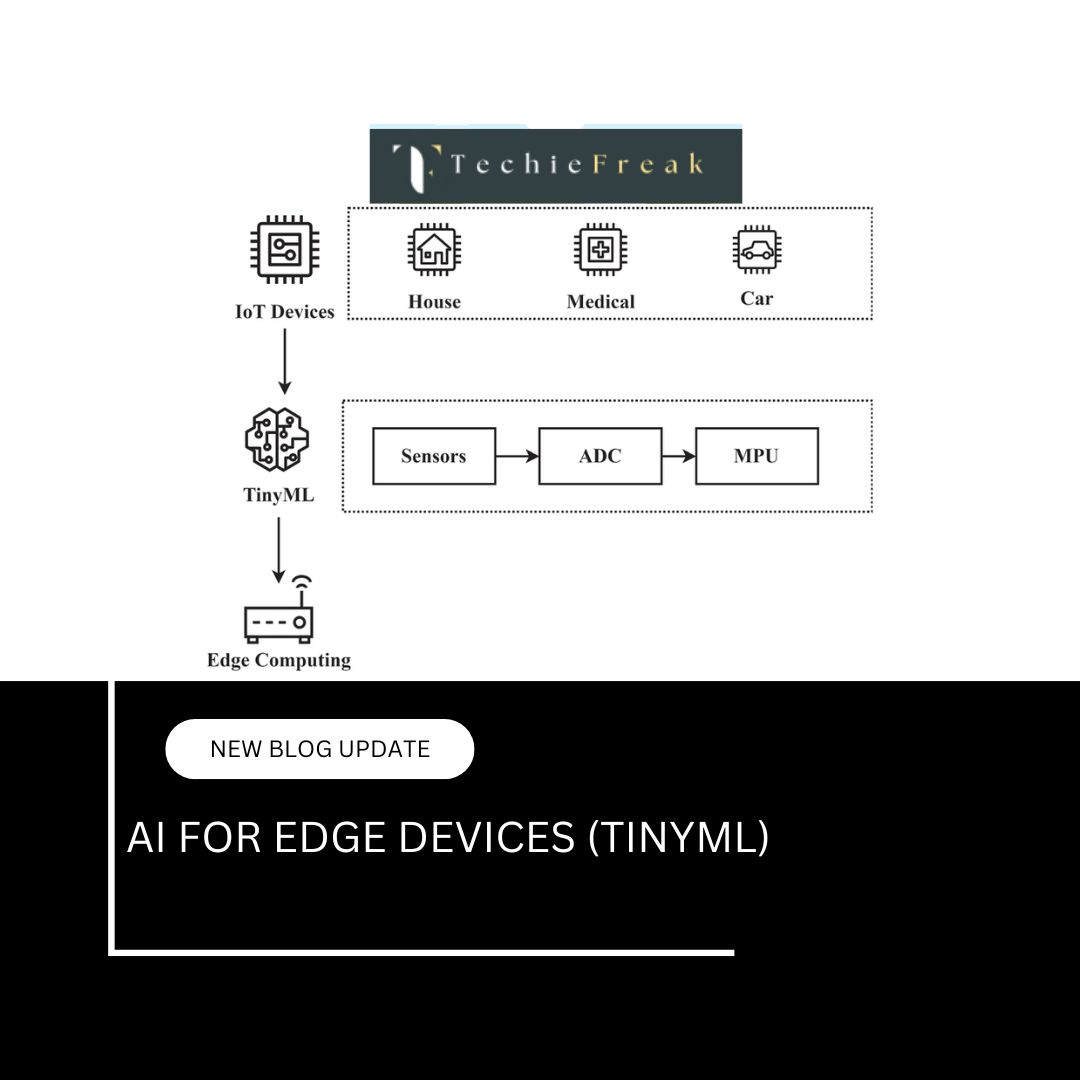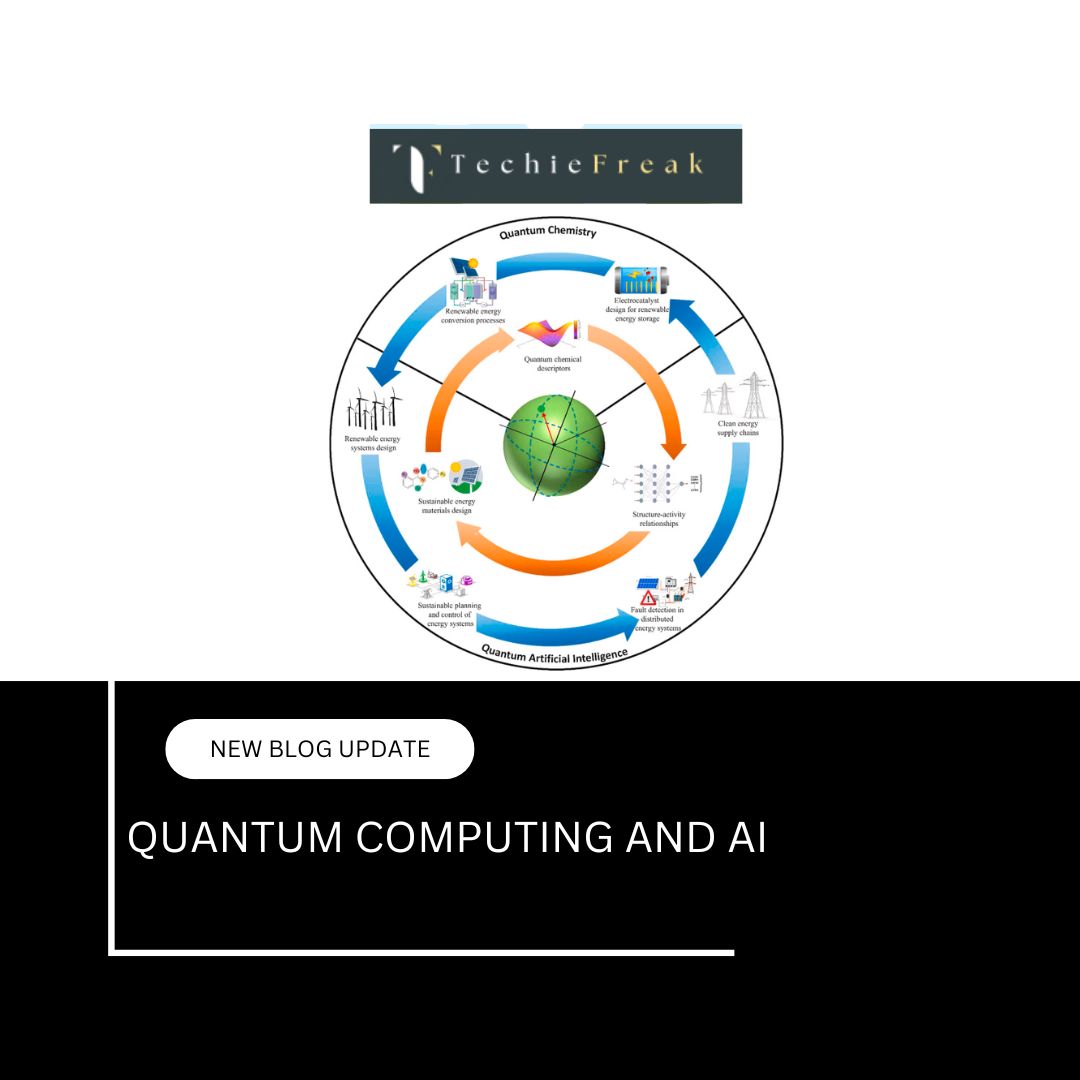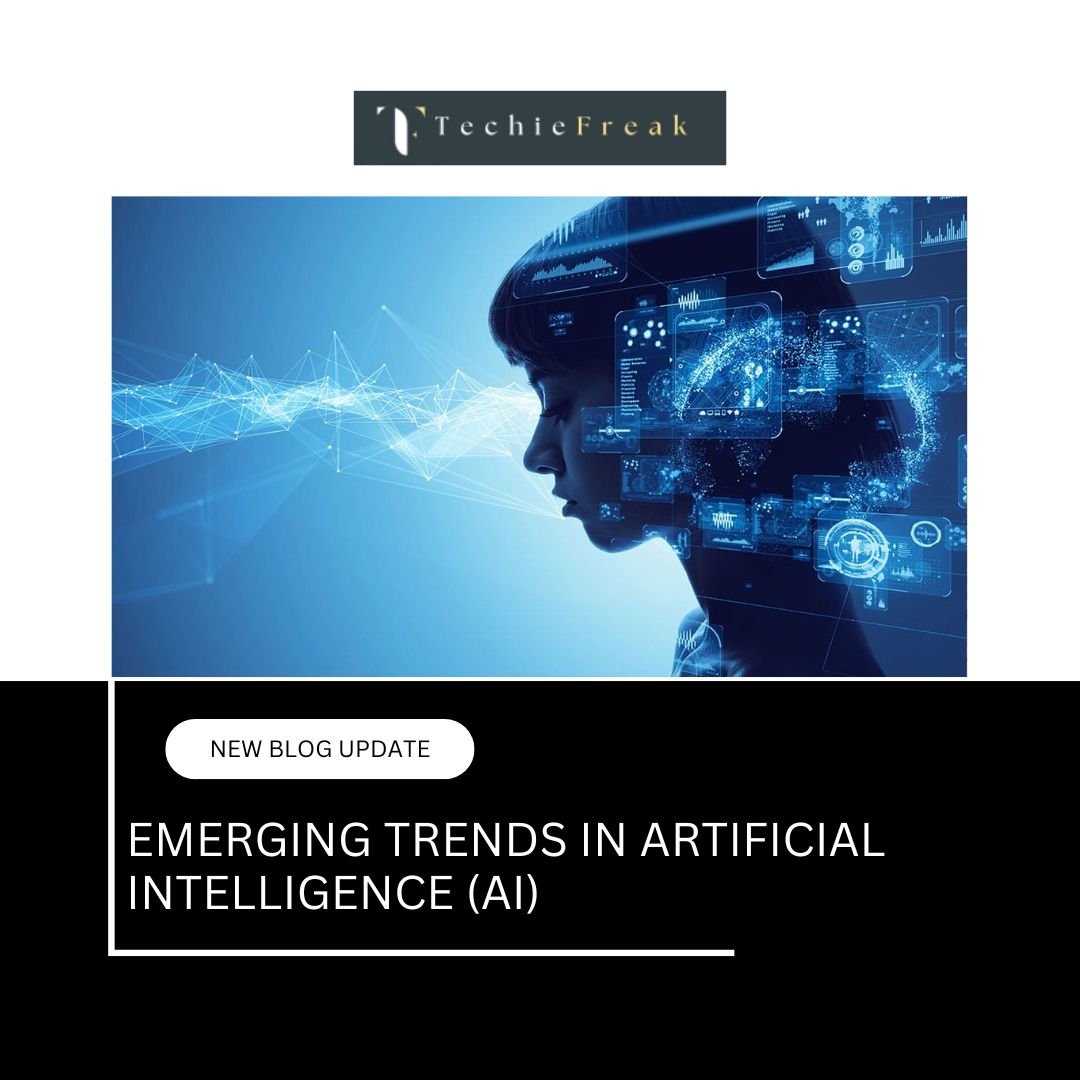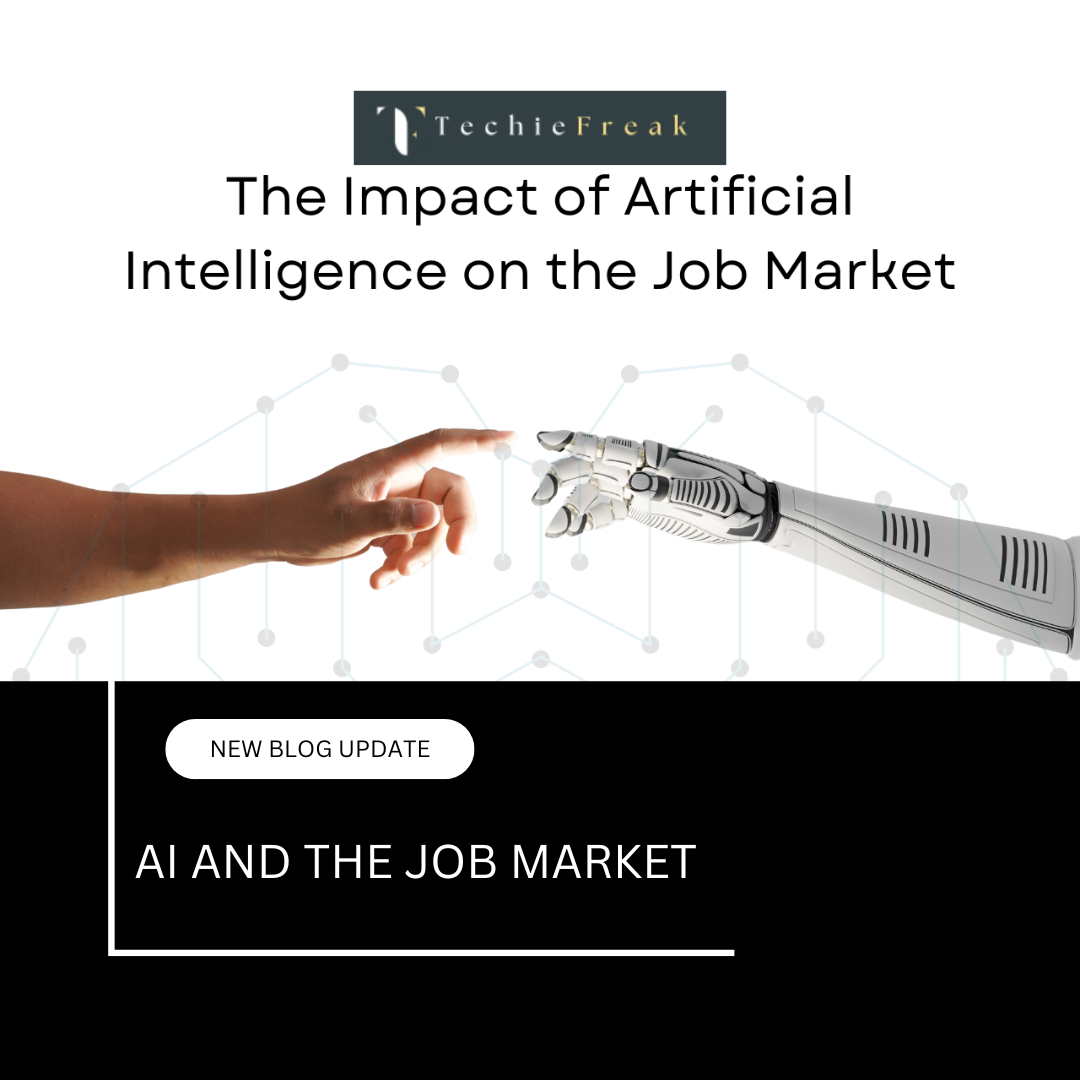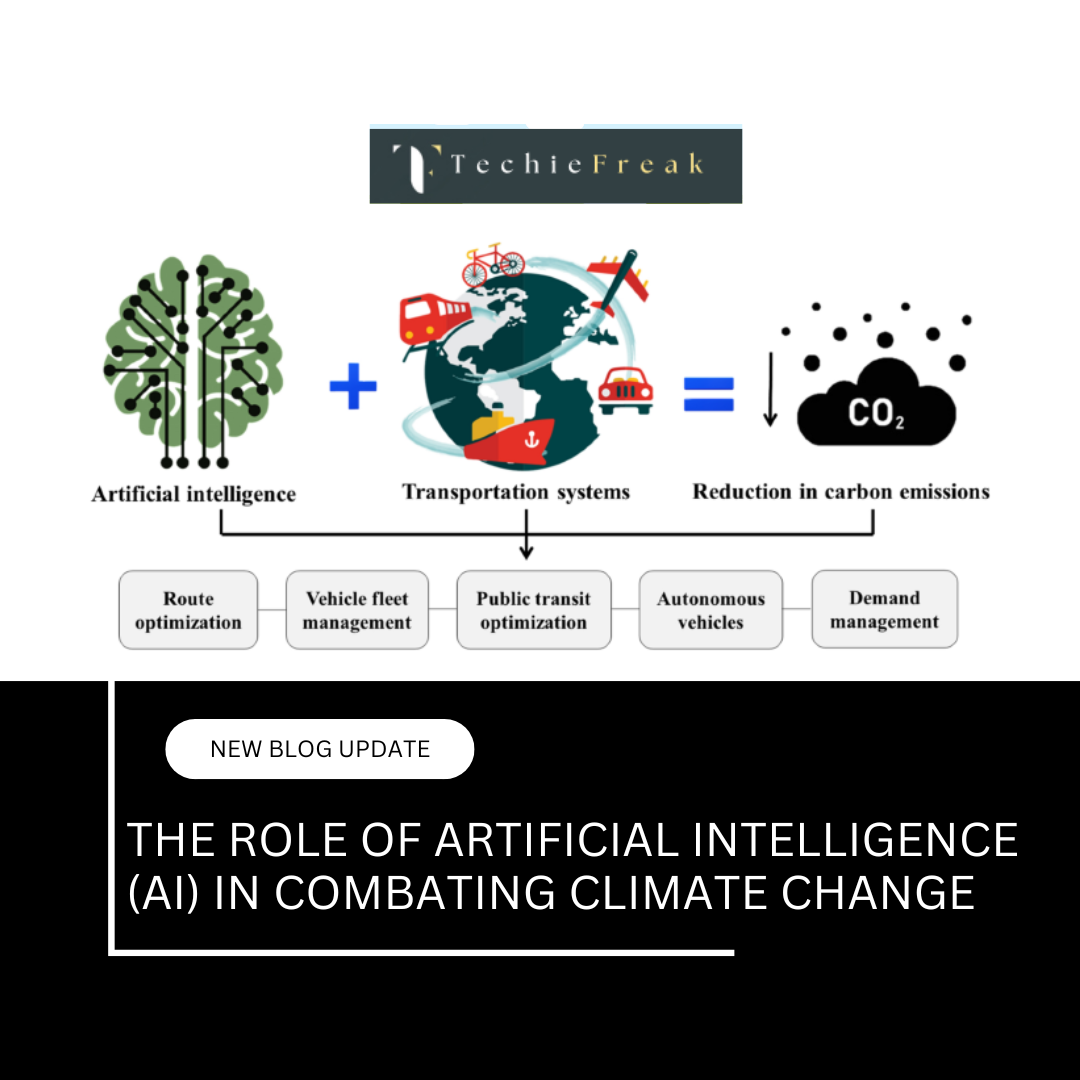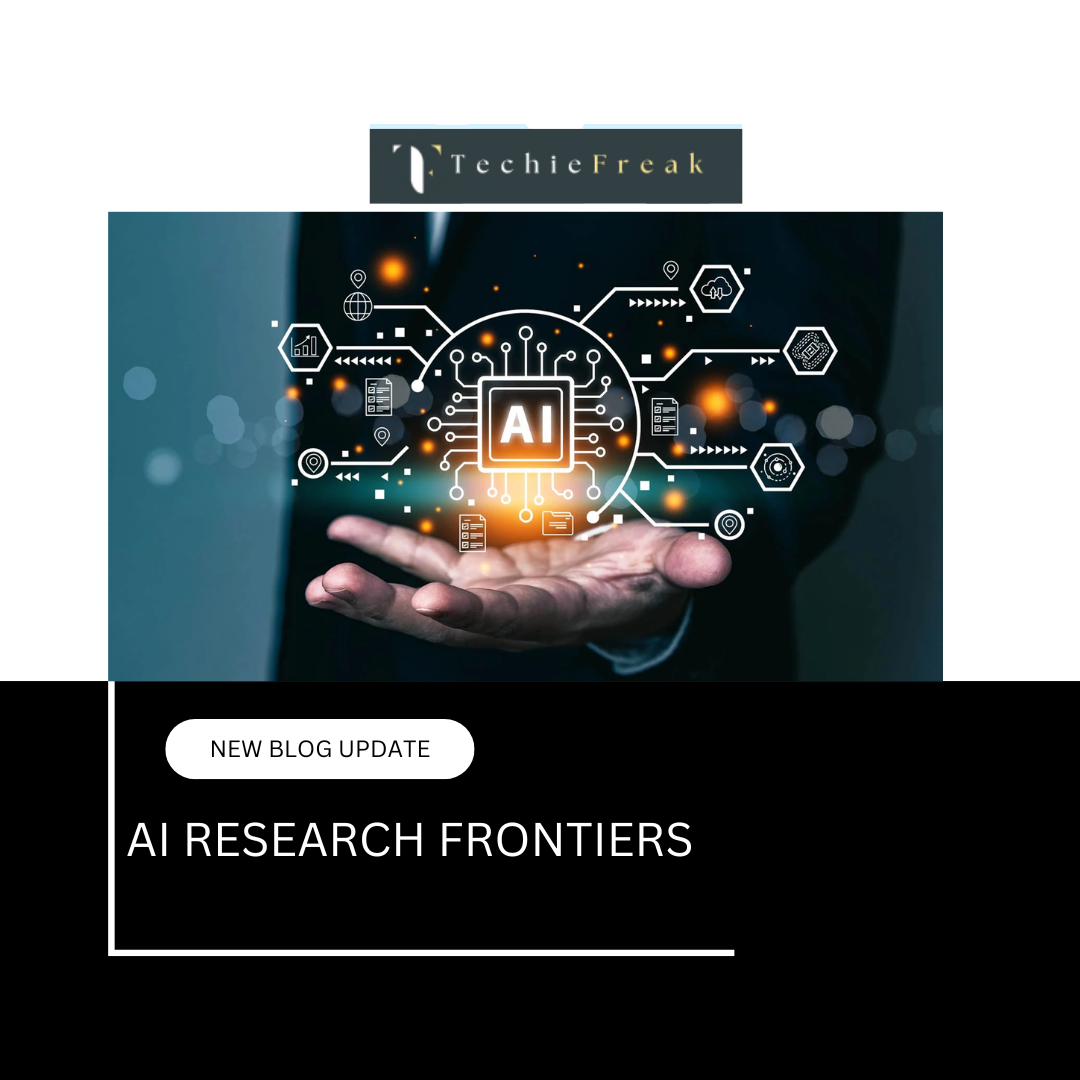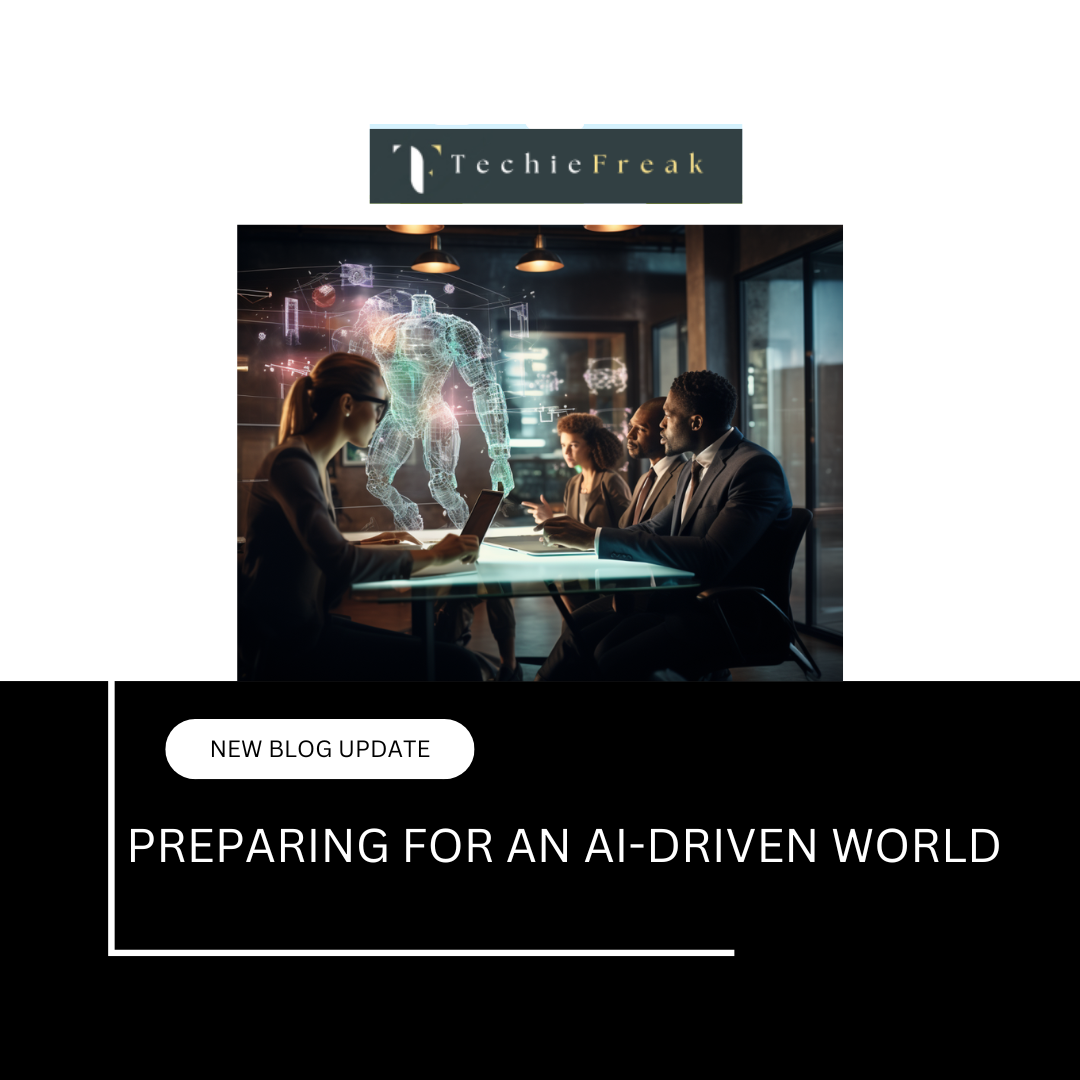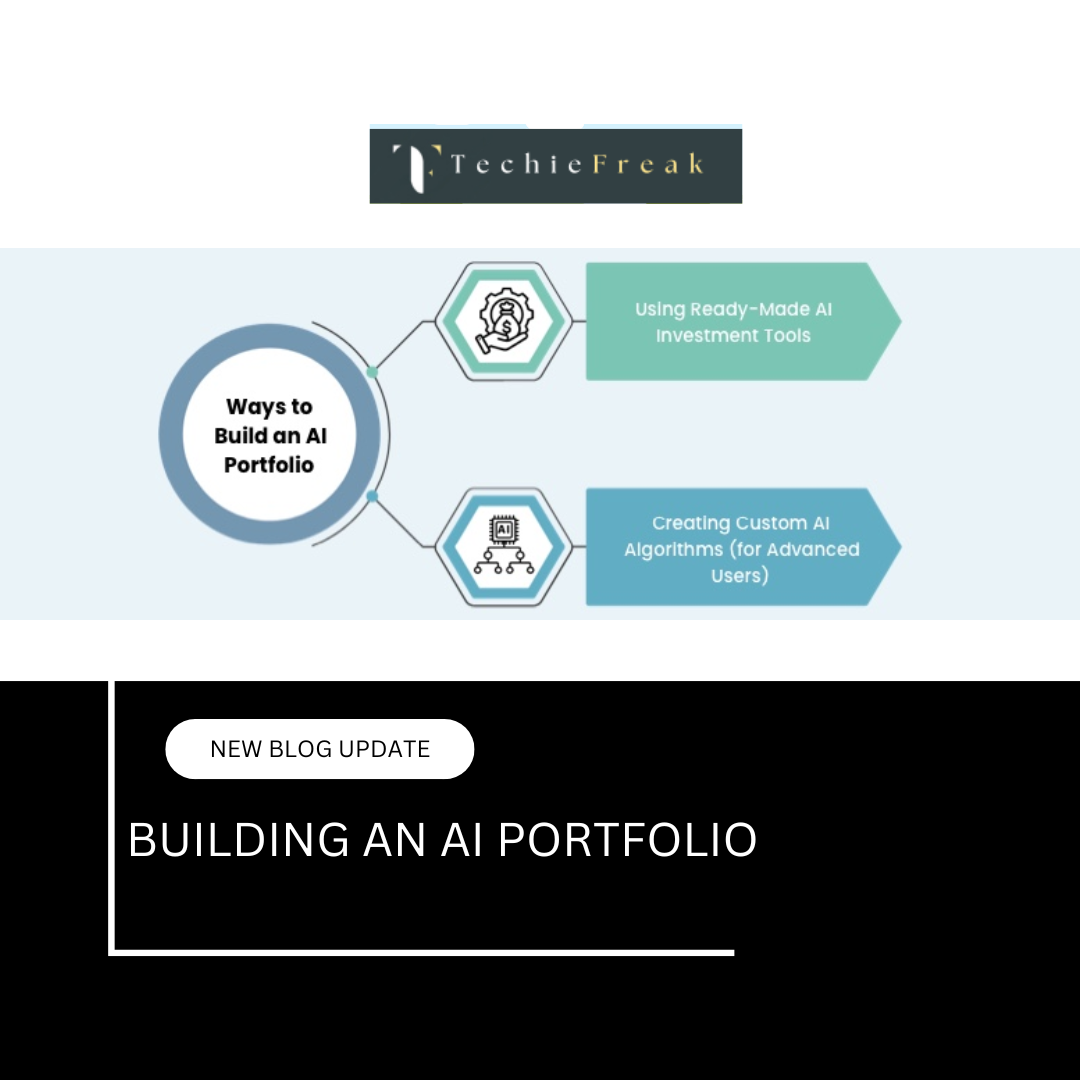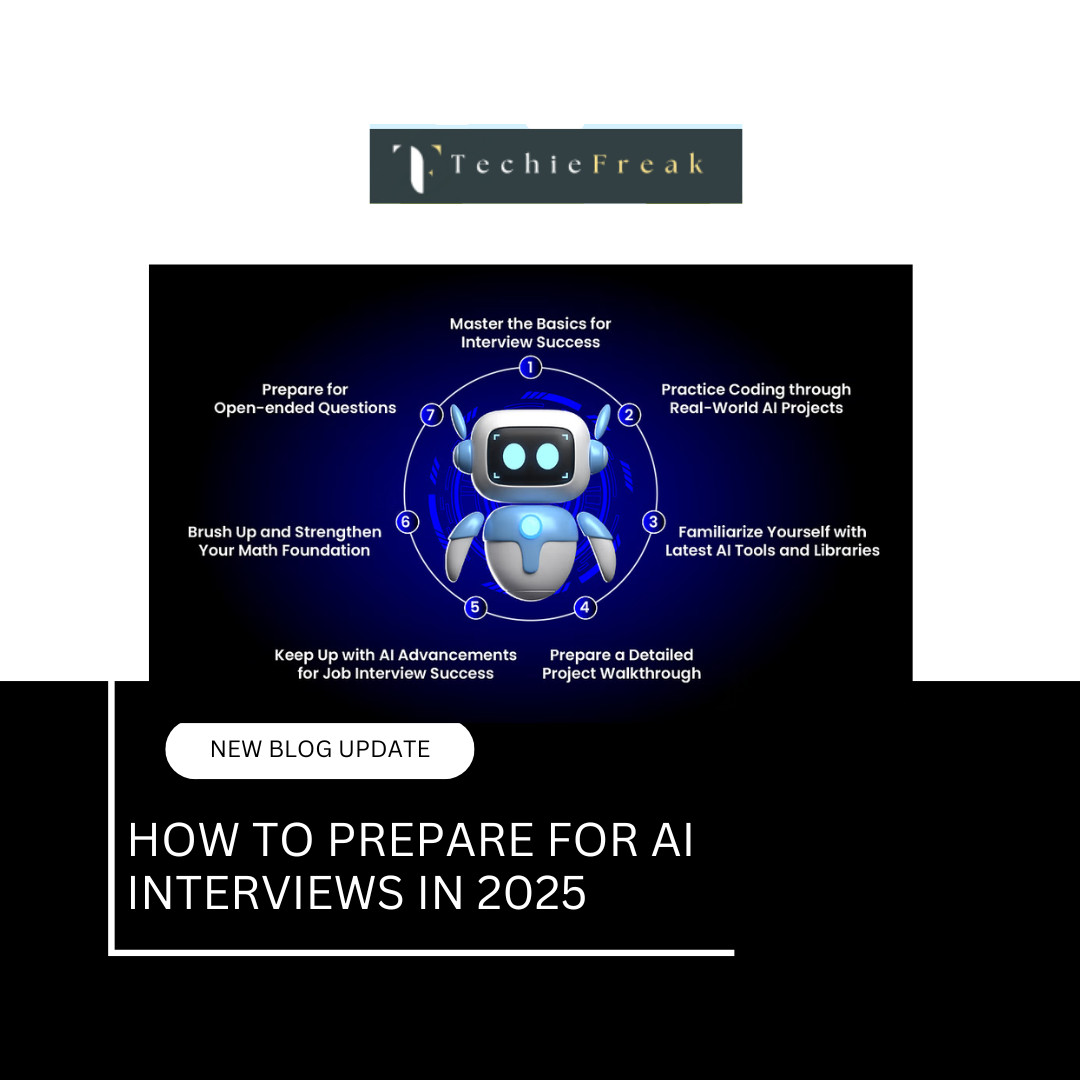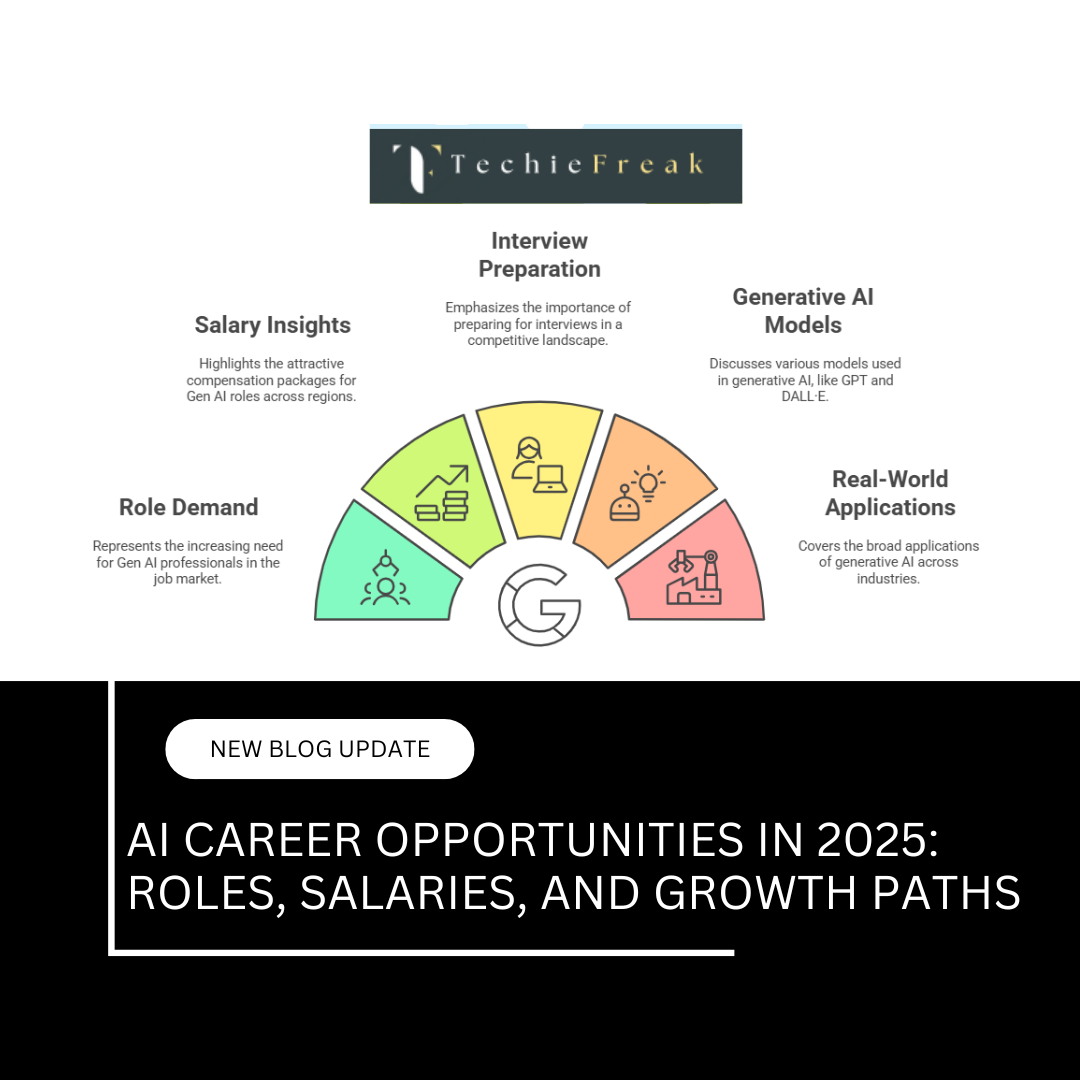Data Cleaning and Preprocessing
Artificial Intelligence models are only as good as the data they are trained on. Before building any AI or machine learning model, one of the most critical steps is to ensure that the data being used is clean, consistent, and appropriately formatted. This process is known as data cleaning and preprocessing, and it forms the foundation of any successful AI system.
What is Data Cleaning and Preprocessing?
Data cleaning and preprocessing is the process of transforming raw data into a usable format by correcting or removing inaccurate records, handling missing values, normalizing values, and converting variables into formats that can be used by algorithms. These steps are essential to ensure that the data does not mislead the model or reduce its accuracy.
This process typically includes the following:
- Removing duplicates and irrelevant observations
- Handling missing or inconsistent data
- Correcting data types
- Transforming features for better model performance
- Scaling and normalizing data
- Encoding categorical variables
Importance in AI Projects
In real-world scenarios, data is rarely clean or ready to use. It often comes from different sources, includes errors, and may be incomplete or unstructured. Feeding such data into an AI model can lead to poor performance, incorrect predictions, and biased results. Clean, well-preprocessed data leads to:
- Better model accuracy
- Reduced bias and variance
- Faster and more efficient training
- Improved generalizability to new data
Data scientists often spend a significant portion of their time—up to 80%—on data cleaning and preprocessing. While this phase is often underappreciated, it is essential for building robust and reliable models.
Key Steps in Data Cleaning
1. Handling Missing Values
Missing values are common in datasets and can arise due to data entry errors, system failures, or incomplete data collection.
Techniques to handle missing values:
- Deletion: Remove rows or columns with missing data (only when missingness is minimal).
- Imputation: Fill in missing values using statistical methods such as:
- Mean, median, or mode (for numerical values)
- Most frequent category (for categorical values)
- Forward-fill or backward-fill (for time series)
- Predictive imputation: Use machine learning models to estimate missing values.
The choice of method depends on the nature of the data and the percentage of missing values.
2. Removing Duplicates
Duplicate entries can skew analysis and model performance by giving undue weight to certain observations.
Method:
Use data manipulation libraries (such as Pandas in Python) to identify and remove duplicates. For example:
df.drop_duplicates(inplace=True)
3. Correcting Data Types
Incorrect data types can cause errors during processing or training.
Examples:
- Dates are stored as strings instead of datetime objects
- Numerical values are stored as text due to formatting issues
Proper type conversion ensures correct handling by functions and algorithms.
4. Handling Outliers
Outliers can distort the training process, especially for algorithms sensitive to scale and variance.
Detection techniques:
- Box plots
- Z-score
- Interquartile range (IQR)
Handling techniques:
- Capping or flooring values
- Removing extreme outliers
- Transforming data (e.g., log or square root transformations)
Data Preprocessing Techniques in AI
Once data has been cleaned by removing missing values, handling outliers, and fixing inconsistencies, the next step is data preprocessing. This transforms the raw data into a format suitable for feeding into AI and machine learning algorithms.
Let’s break down the most important preprocessing techniques:
1. Encoding Categorical Variables
AI models can’t interpret text or labels directly—they need numerical input. So, we convert categorical features into numeric values.
a. Label Encoding
- Assigns each unique category a numeric value.
- Best for ordinal data, where the order matters (e.g., "low", "medium", "high").
from sklearn.preprocessing import LabelEncoder
le = LabelEncoder()
df['Size'] = le.fit_transform(df['Size']) # 'Small', 'Medium', 'Large' → 0,1,2
b. One-Hot Encoding
- Creates a new binary column for each category.
- Best for nominal data, where the order doesn’t matter (e.g., "Red", "Blue", "Green").
df = pd.get_dummies(df, columns=['Color'])
Before:
| Color |
|---|
| Red |
| Blue |
| Green |
After:
| Color_Red | Color_Blue | Color_Green |
|---|---|---|
| 1 | 0 | 0 |
| 0 | 1 | 0 |
| 0 | 0 | 1 |
2. Feature Scaling
In many machine learning algorithms—especially ones based on distances (e.g., KNN, SVM, PCA)—the scale of features matters. Scaling ensures that no single feature dominates the model just because of its larger value range.
a. Min-Max Scaling (Normalization)
- Transforms features to a fixed range, usually [0, 1].
- Useful when the distribution is not Gaussian.
from sklearn.preprocessing import MinMaxScaler
scaler = MinMaxScaler()
df[['Age', 'Income']] = scaler.fit_transform(df[['Age', 'Income']])
b. Standardization (Z-score Normalization)
- Transforms data to have mean = 0 and standard deviation = 1.
- Works well for data that follows a normal distribution.
from sklearn.preprocessing import StandardScaler
scaler = StandardScaler()
df[['Height', 'Weight']] = scaler.fit_transform(df[['Height', 'Weight']])
3. Text Preprocessing (for NLP)
When working with natural language data, text must be cleaned and transformed into a form that models can process.
Common steps:
- Lowercasing: Standardizes the text.
- Removing punctuation: Cleans unnecessary characters.
- Tokenization: Splits sentences into words or tokens.
- Stopword Removal: Eliminates common words that don’t add much meaning (e.g., "the", "is").
- Lemmatization/Stemming: Reduces words to their root form (e.g., "running" → "run").
import nltk
from nltk.corpus import stopwords
from nltk.stem import WordNetLemmatizer
import re
text = "The cats are running in the garden."
# Lowercase
text = text.lower()
# Remove punctuation
text = re.sub(r'[^a-zA-Z]', ' ', text)
# Tokenize and remove stopwords
tokens = [word for word in text.split() if word not in stopwords.words('english')]
# Lemmatize
lemmatizer = WordNetLemmatizer()
tokens = [lemmatizer.lemmatize(word) for word in tokens]
print(tokens) # ['cat', 'run', 'garden']
4. Date-Time Feature Engineering
Date and time fields often contain hidden patterns, such as seasonality or working hours, which can improve model performance.
Techniques:
- Extract day, month, year, hour, weekday from datetime.
- Calculate time differences (e.g., delivery time, duration).
- Identify weekend vs. weekday, or holiday vs. regular day.
df['OrderDate'] = pd.to_datetime(df['OrderDate'])
df['Year'] = df['OrderDate'].dt.year
df['Month'] = df['OrderDate'].dt.month
df['Weekday'] = df['OrderDate'].dt.dayofweek
df['IsWeekend'] = df['Weekday'].apply(lambda x: 1 if x >= 5 else 0)
Example Use Case: Predicting House Prices
Dataset Features:
| Feature | Type |
|---|---|
| Location | Categorical |
| Area (sq ft) | Numerical |
| Year Built | Text |
| Price | Target |
Step-by-step Preprocessing:
1. Data Cleaning
- Standardize location entries: convert “new york”, “New York” to “New York”
- Impute missing values in Area with median
- Convert Year Built from string to integer
df['Location'] = df['Location'].str.title().str.strip()
df['Area'] = df['Area'].fillna(df['Area'].median())
df['Year Built'] = df['Year Built'].astype(int)
2. Encoding and Scaling
- One-hot encode Location
- Standardize Area and Year Built
df = pd.get_dummies(df, columns=['Location'])
from sklearn.preprocessing import StandardScaler
scaler = StandardScaler()
df[['Area', 'Year Built']] = scaler.fit_transform(df[['Area', 'Year Built']])
Conclusion
Data cleaning and preprocessing are critical components in any artificial intelligence or machine learning project. They ensure that the input data is accurate, consistent, and compatible with the model being developed. While these tasks may appear tedious, their impact on the success of an AI system is profound.
A well-prepared dataset leads to models that are not only accurate but also reliable and generalizable. Skipping or neglecting this step can result in poor model performance and misleading conclusions.
Next Blog- Exploratory Data Analysis (EDA)
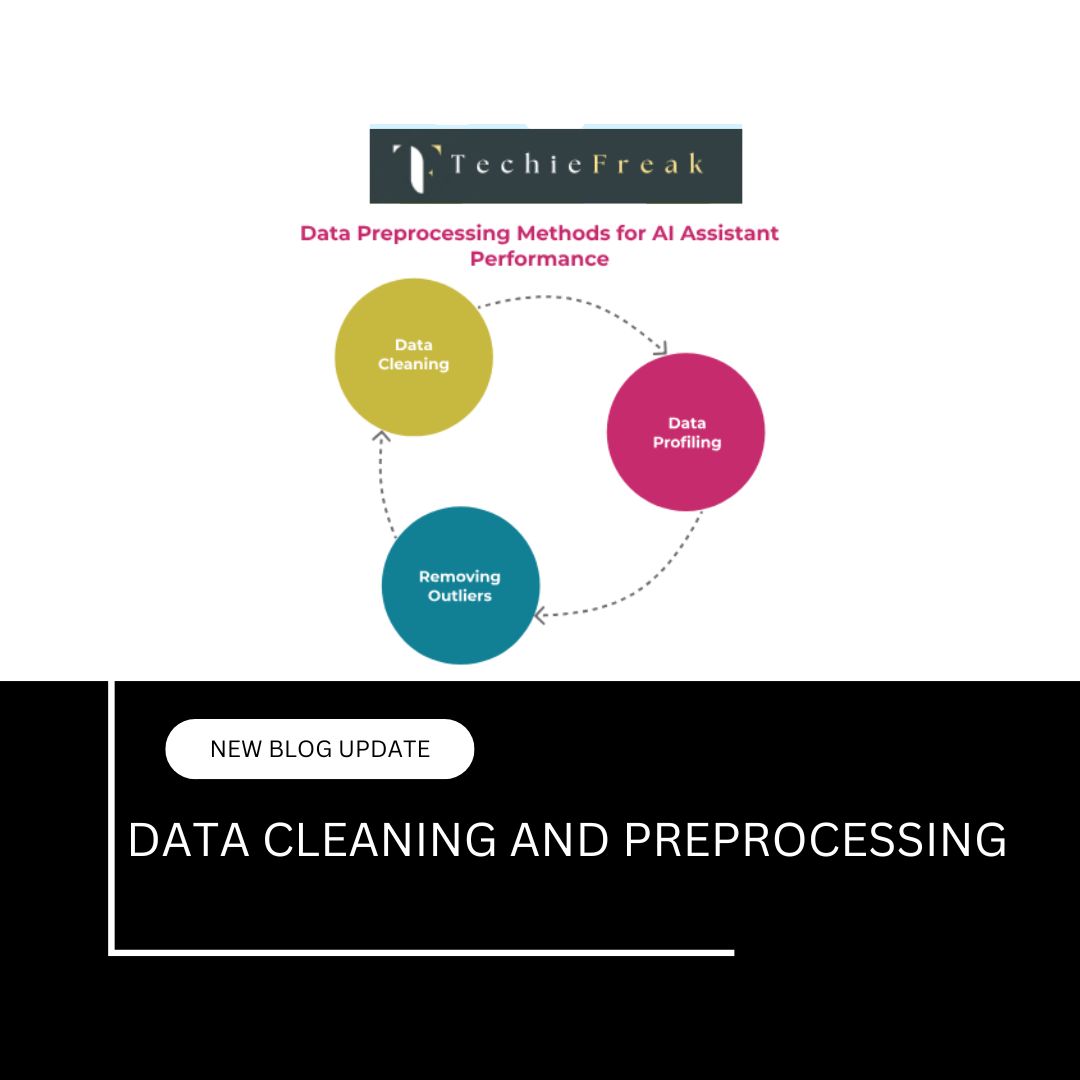


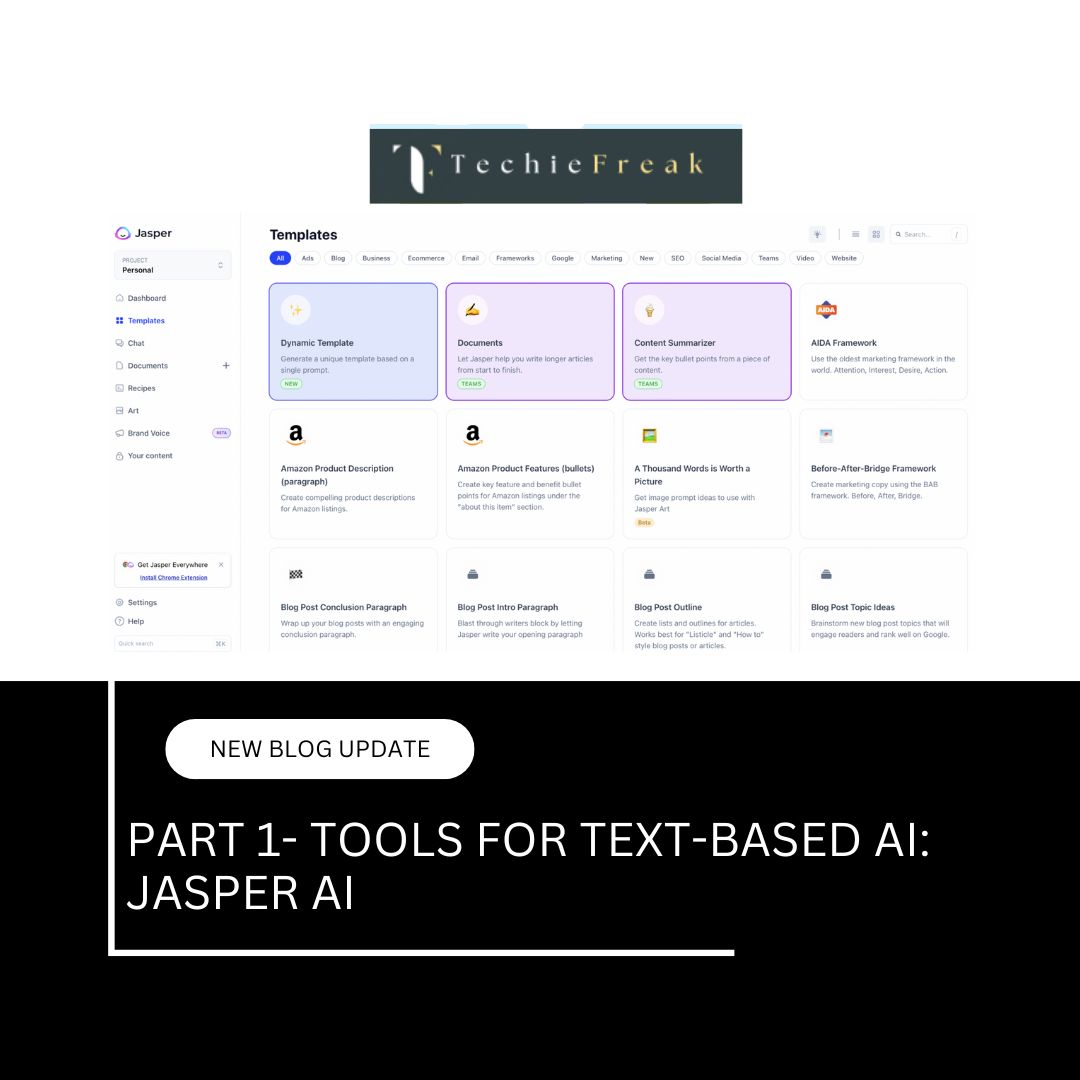
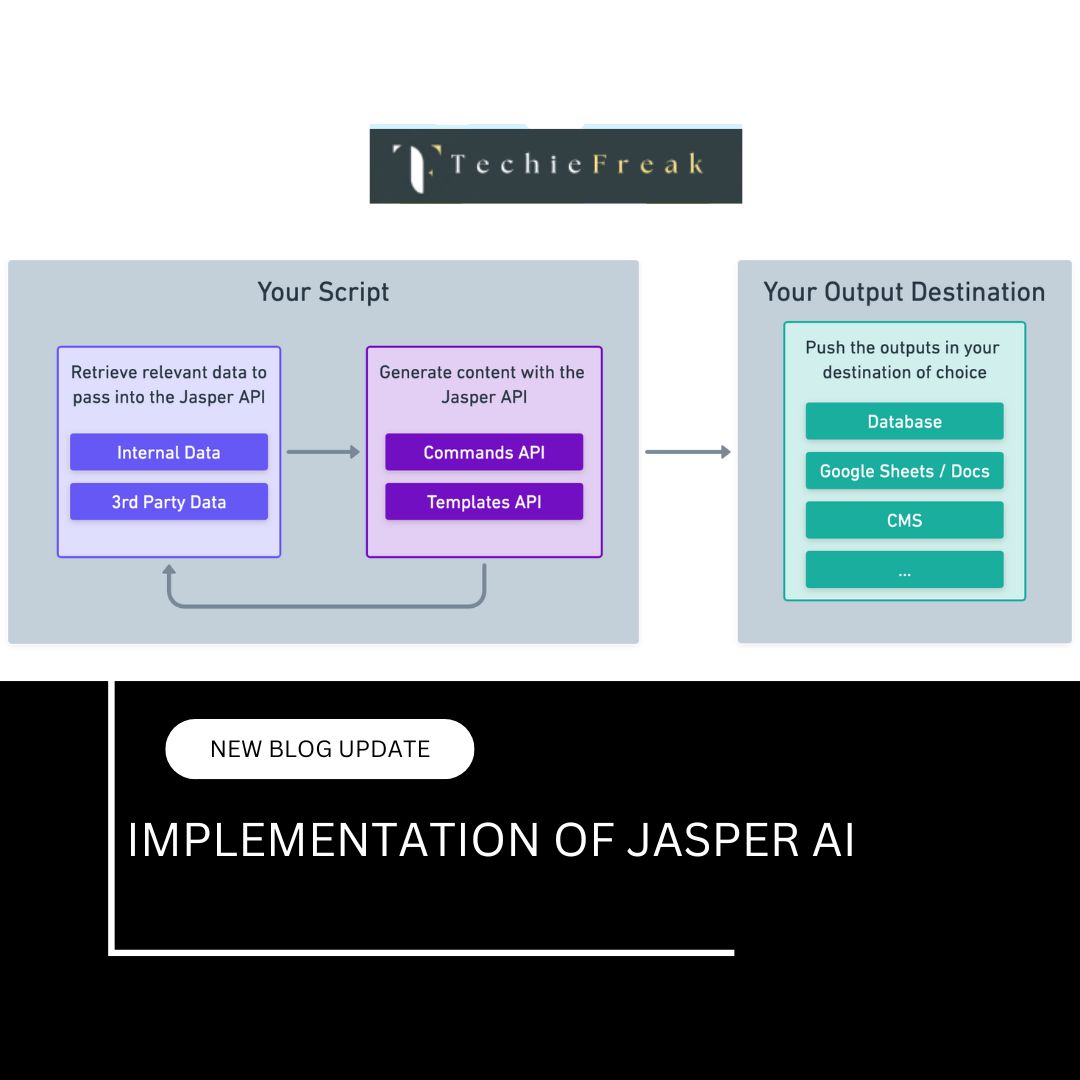
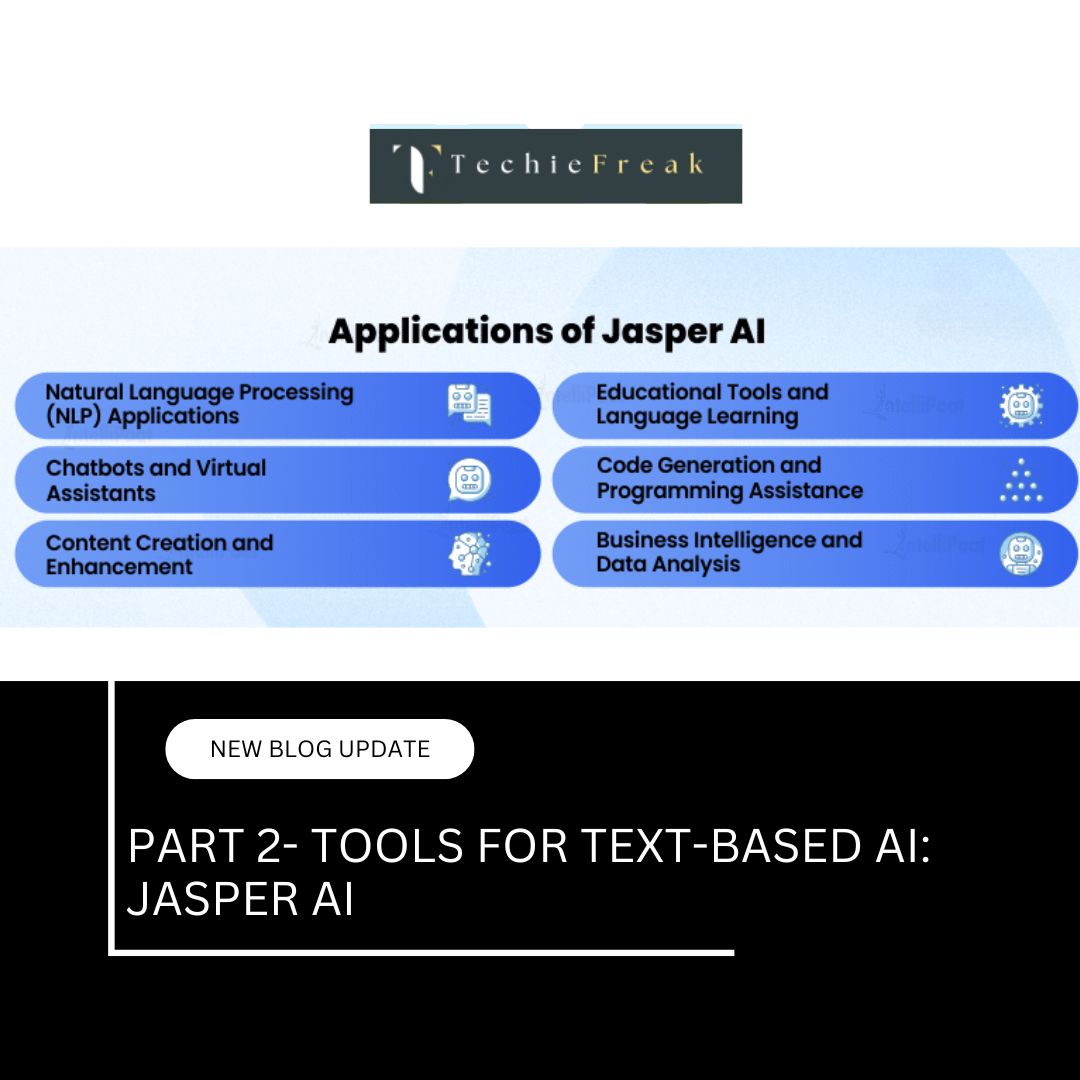
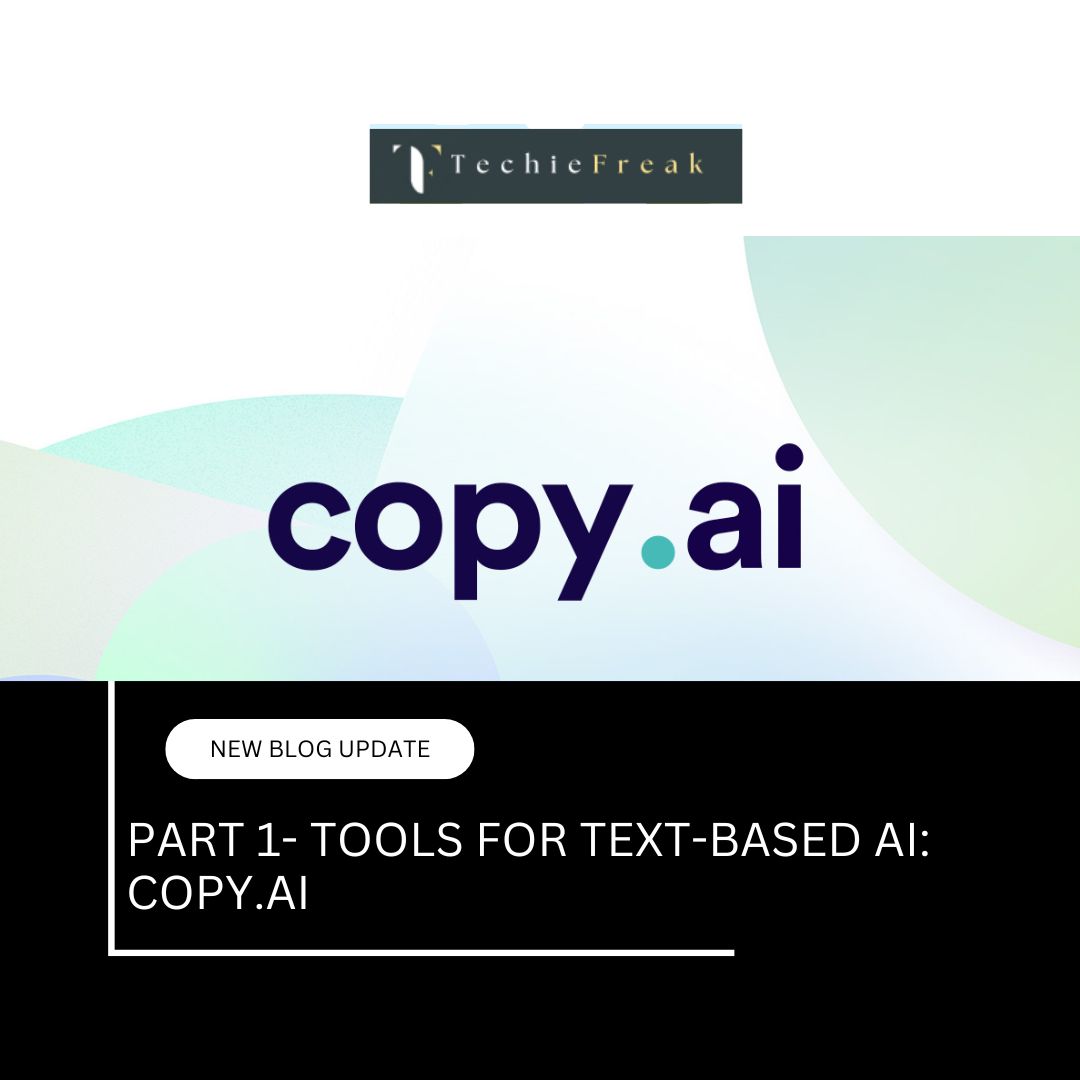
.jpg)
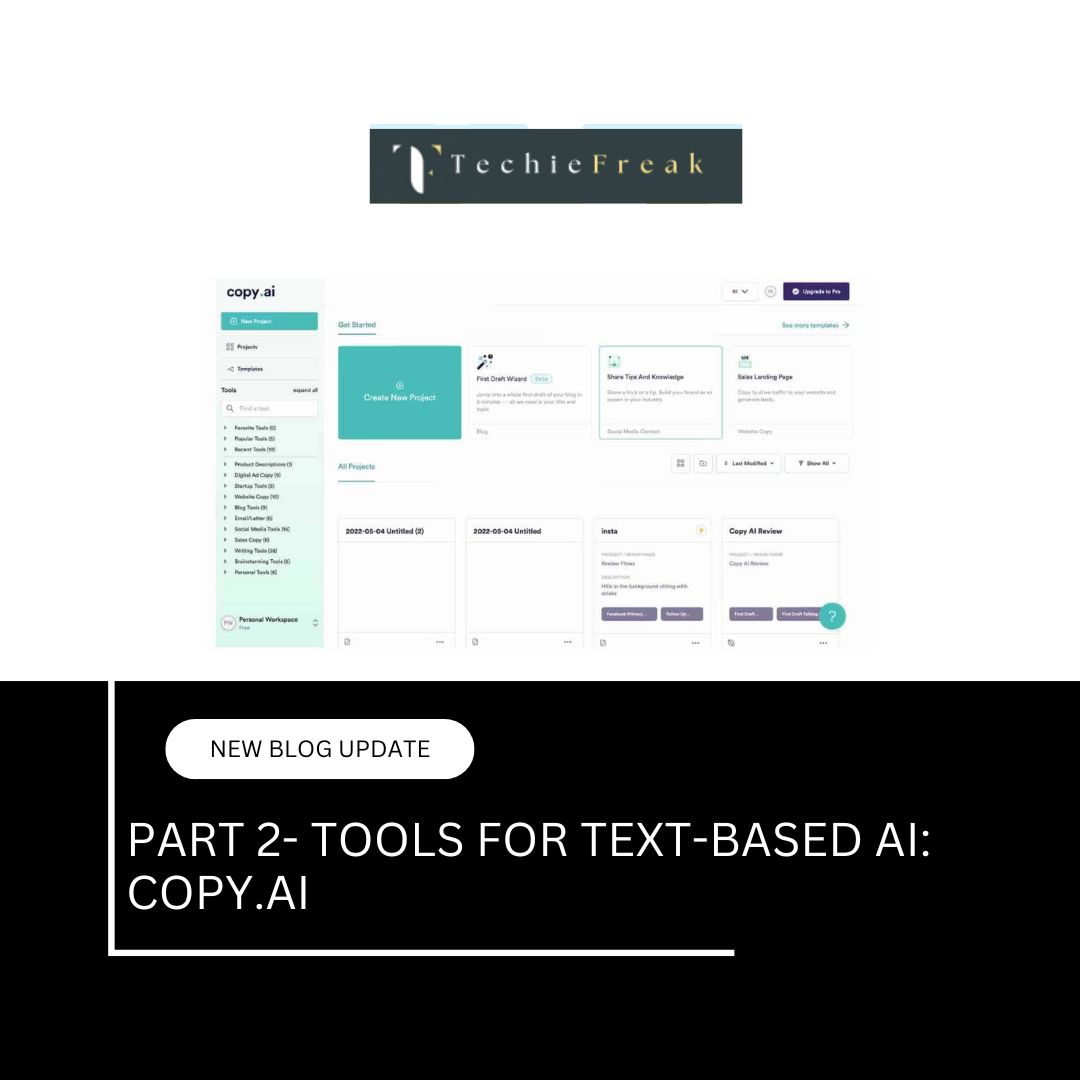
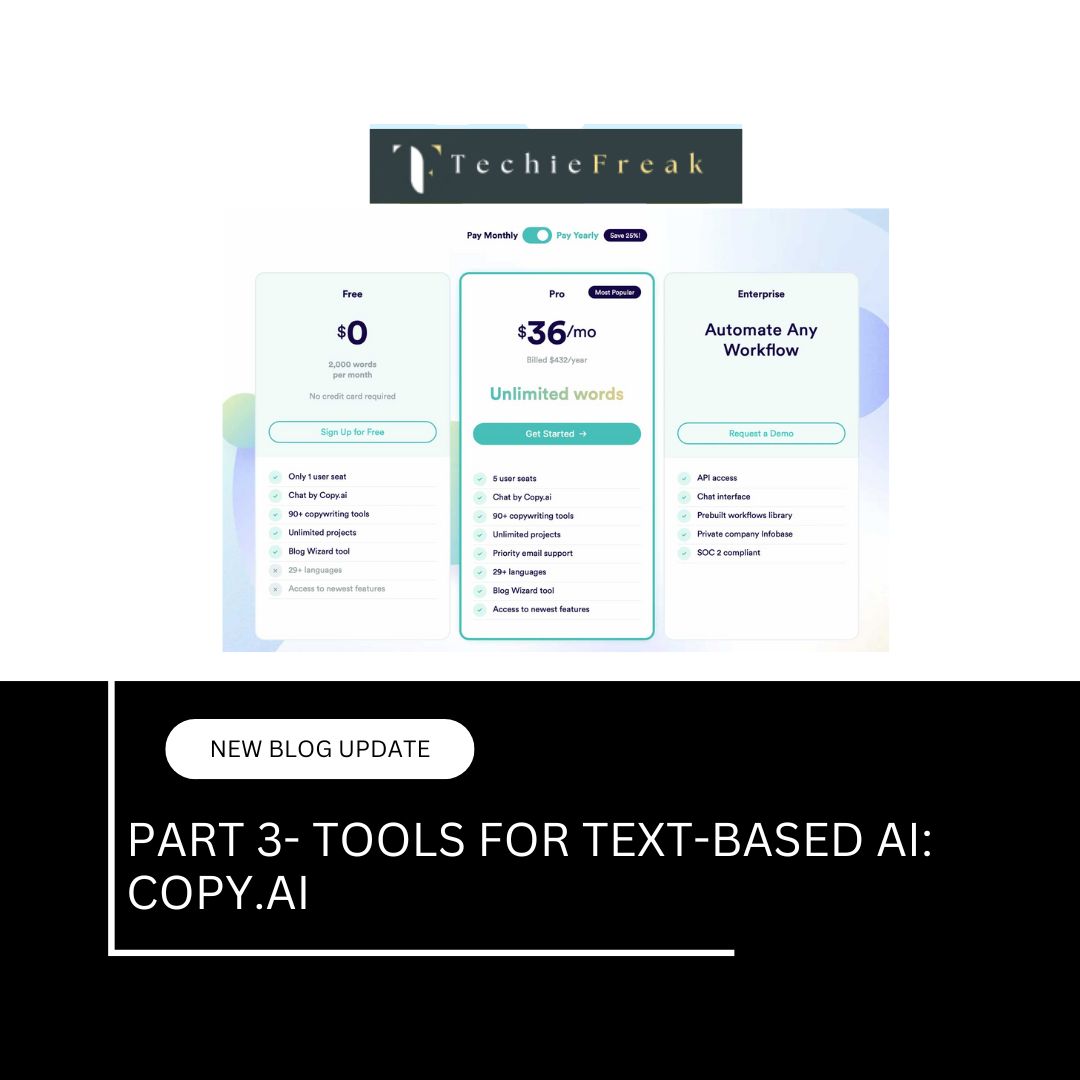

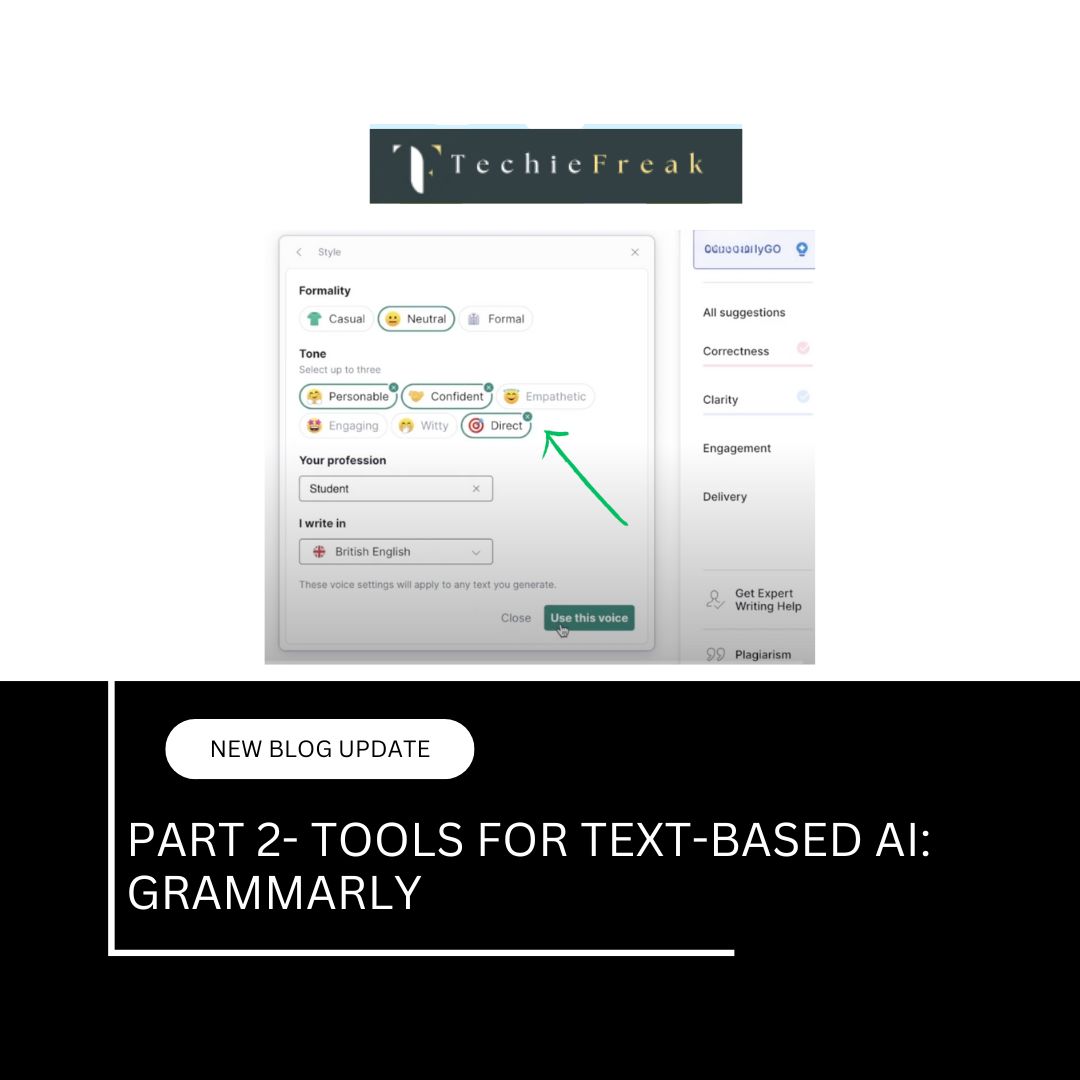
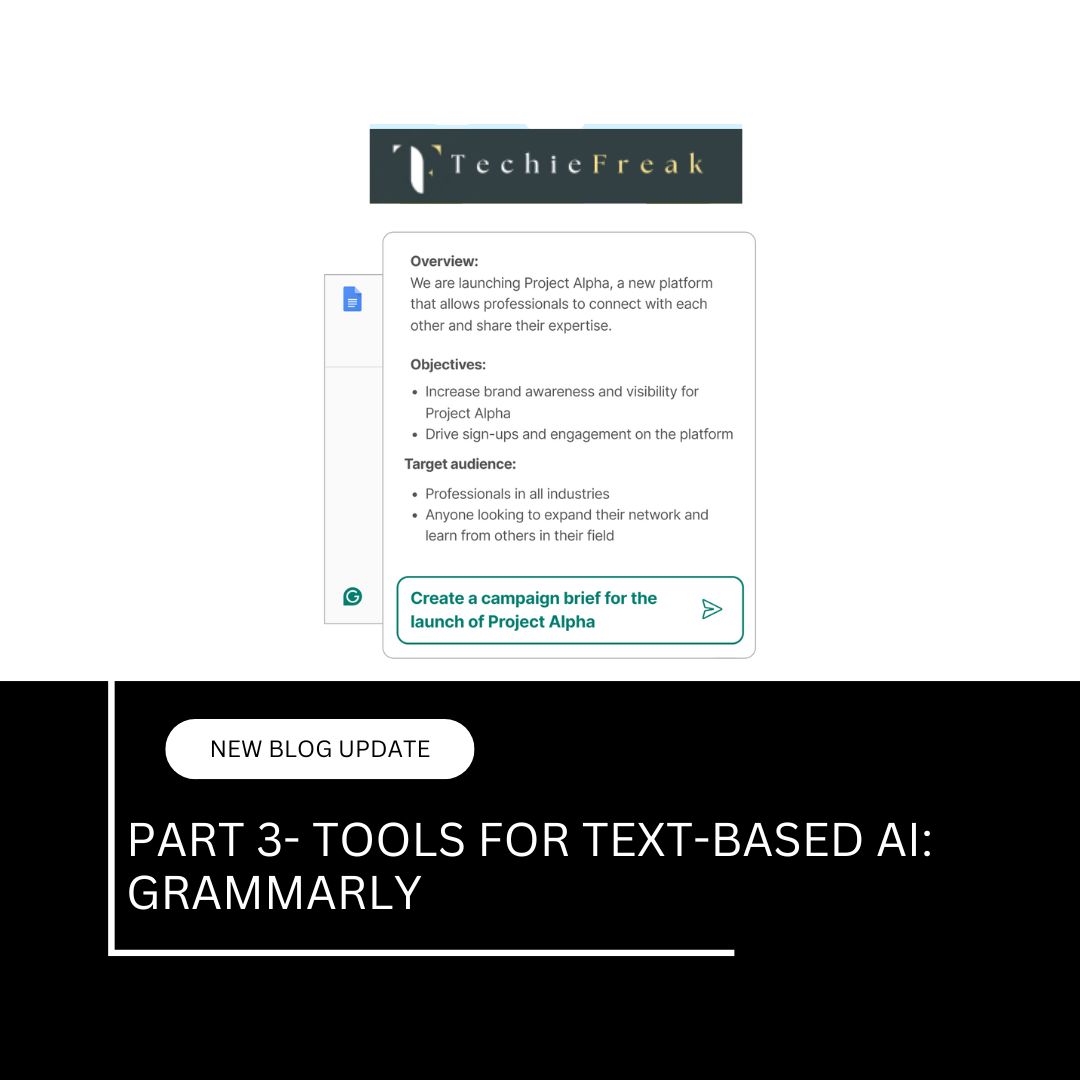
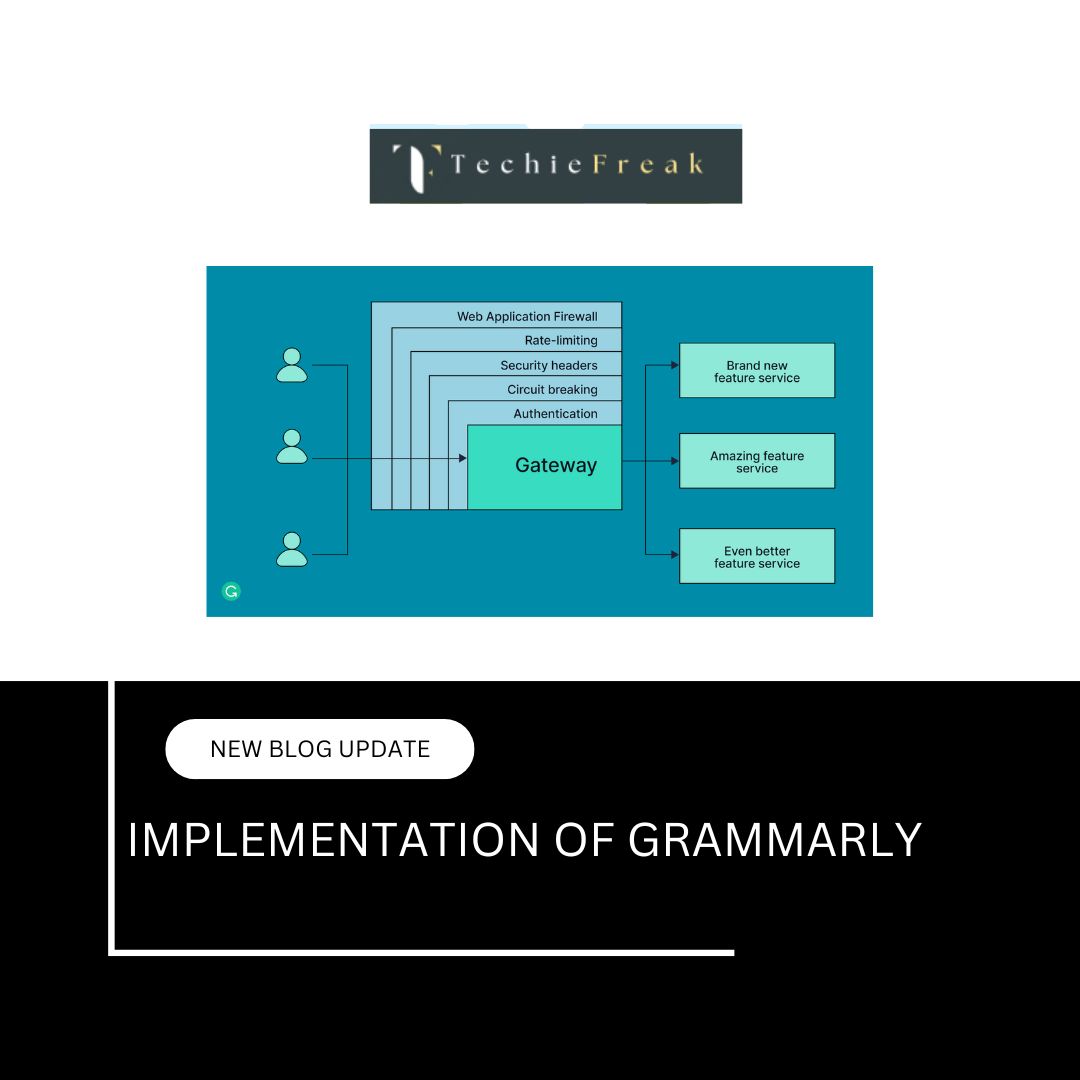

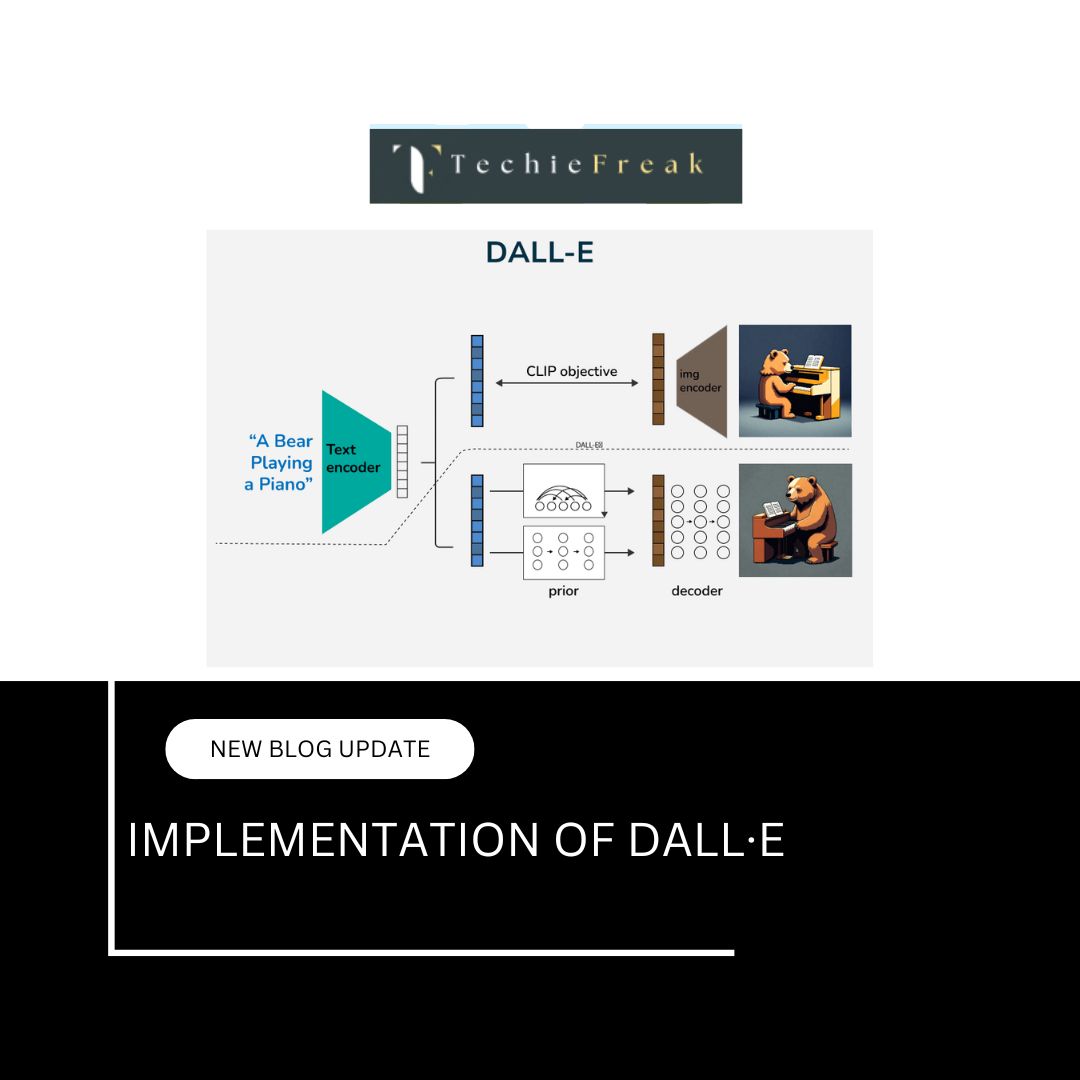


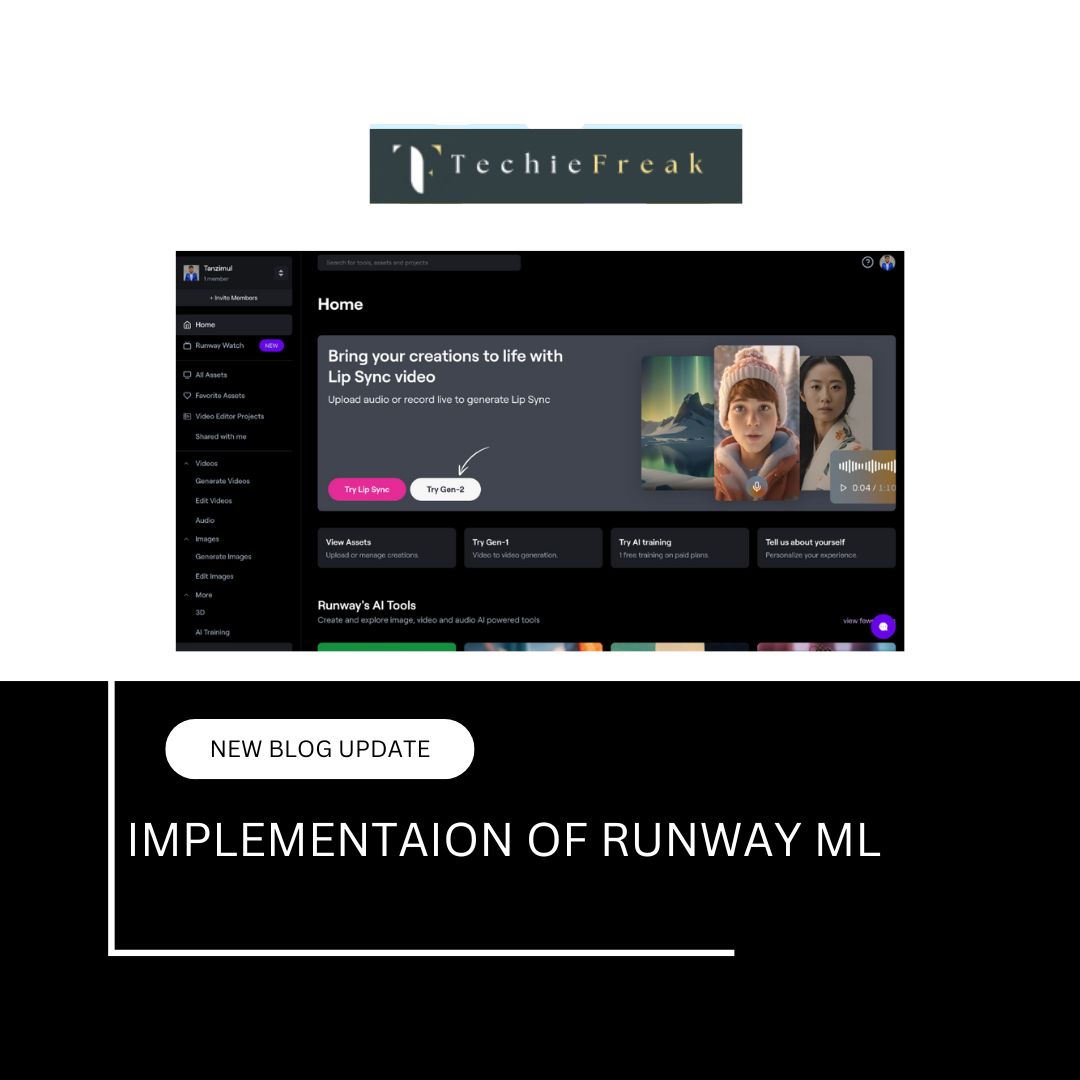



.jpg)


.png)
.png)
.png)
.png)
.png)
.png)
.png)
.png)
.png)
.png)
.png)
.png)
.png)
.png)
.png)
.png)
.png)
.png)
.png)
.png)
.png)
.png)
.png)
.png)
.png)
.png)
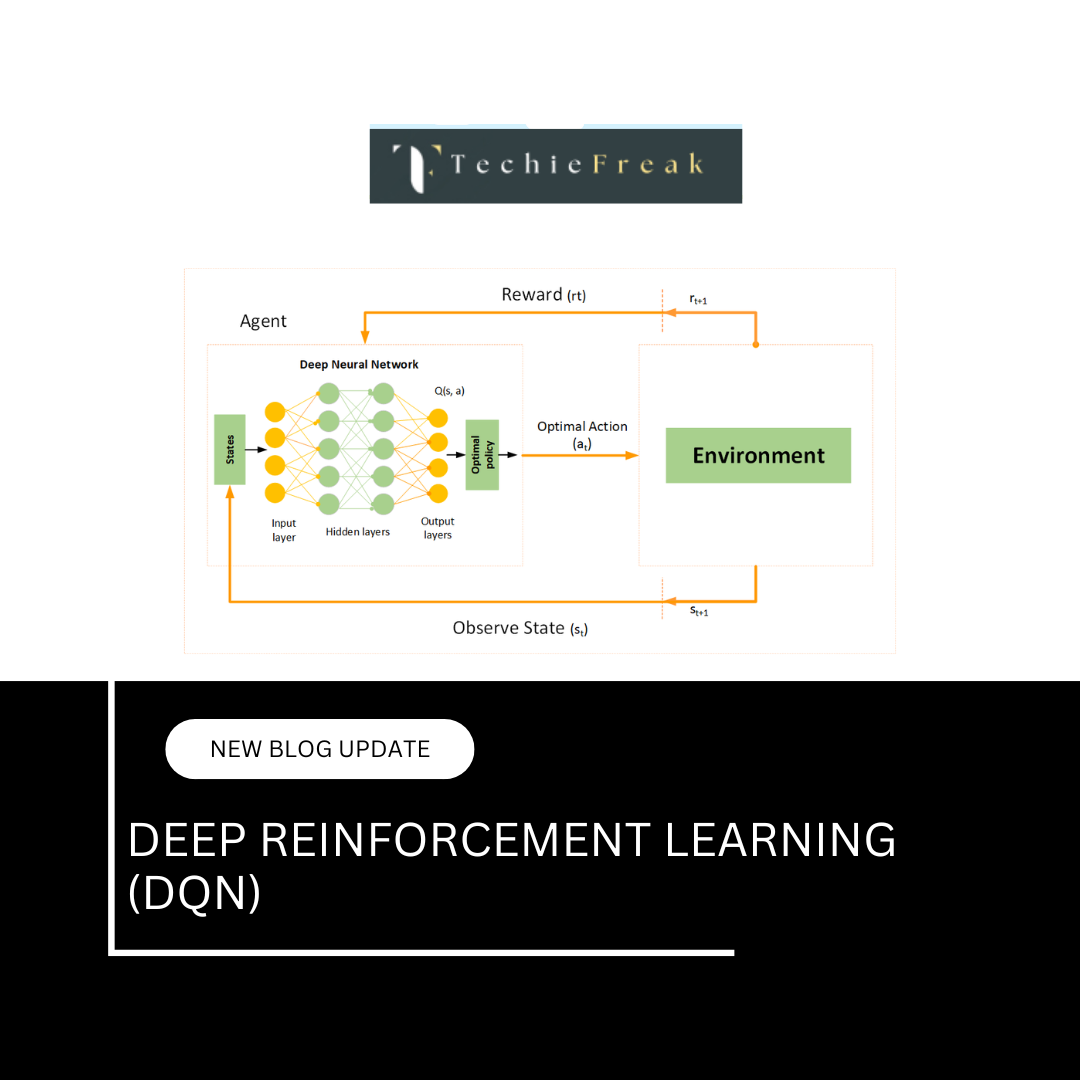
.png)
.png)
.png)
.png)
.png)
.png)

.png)


